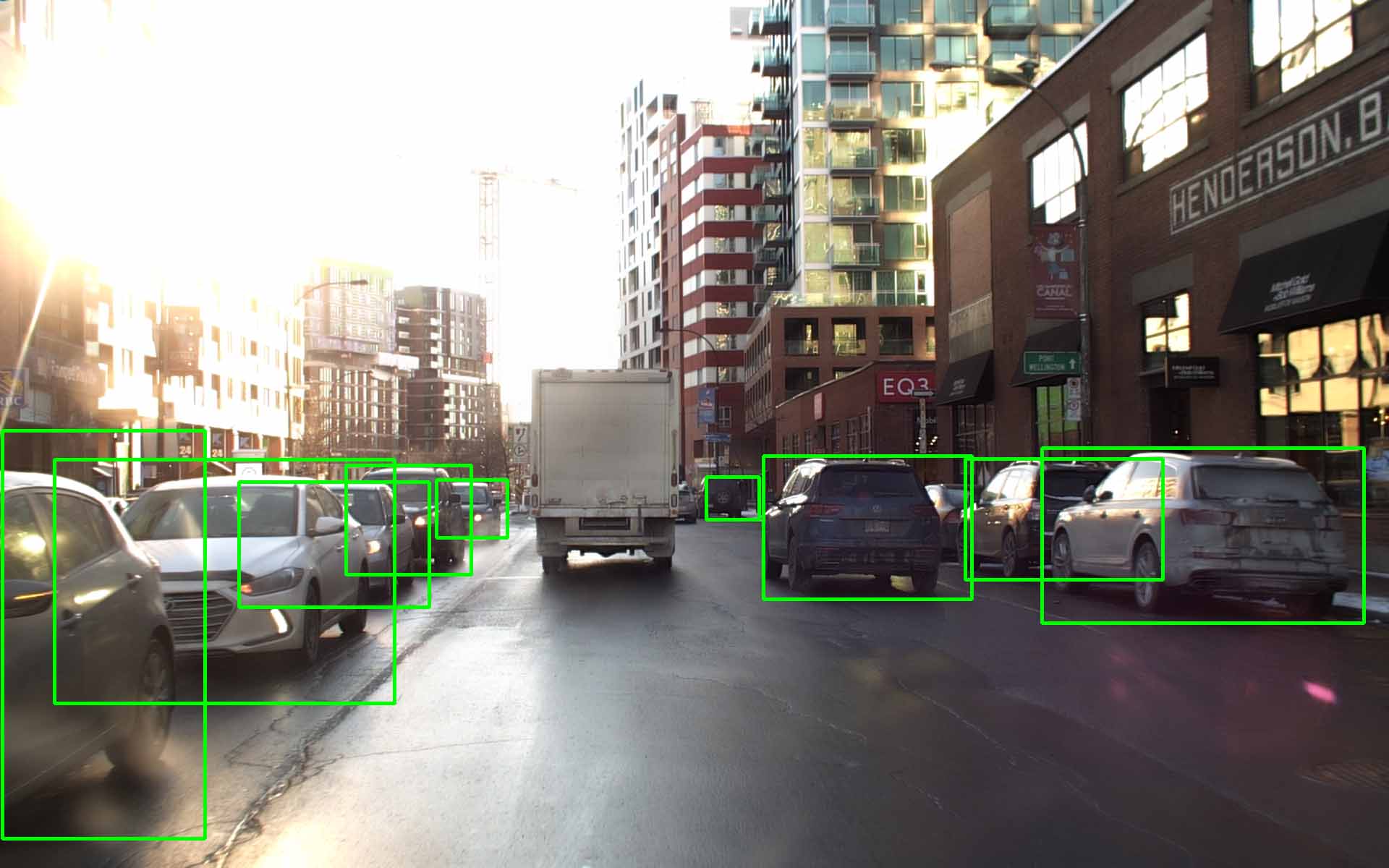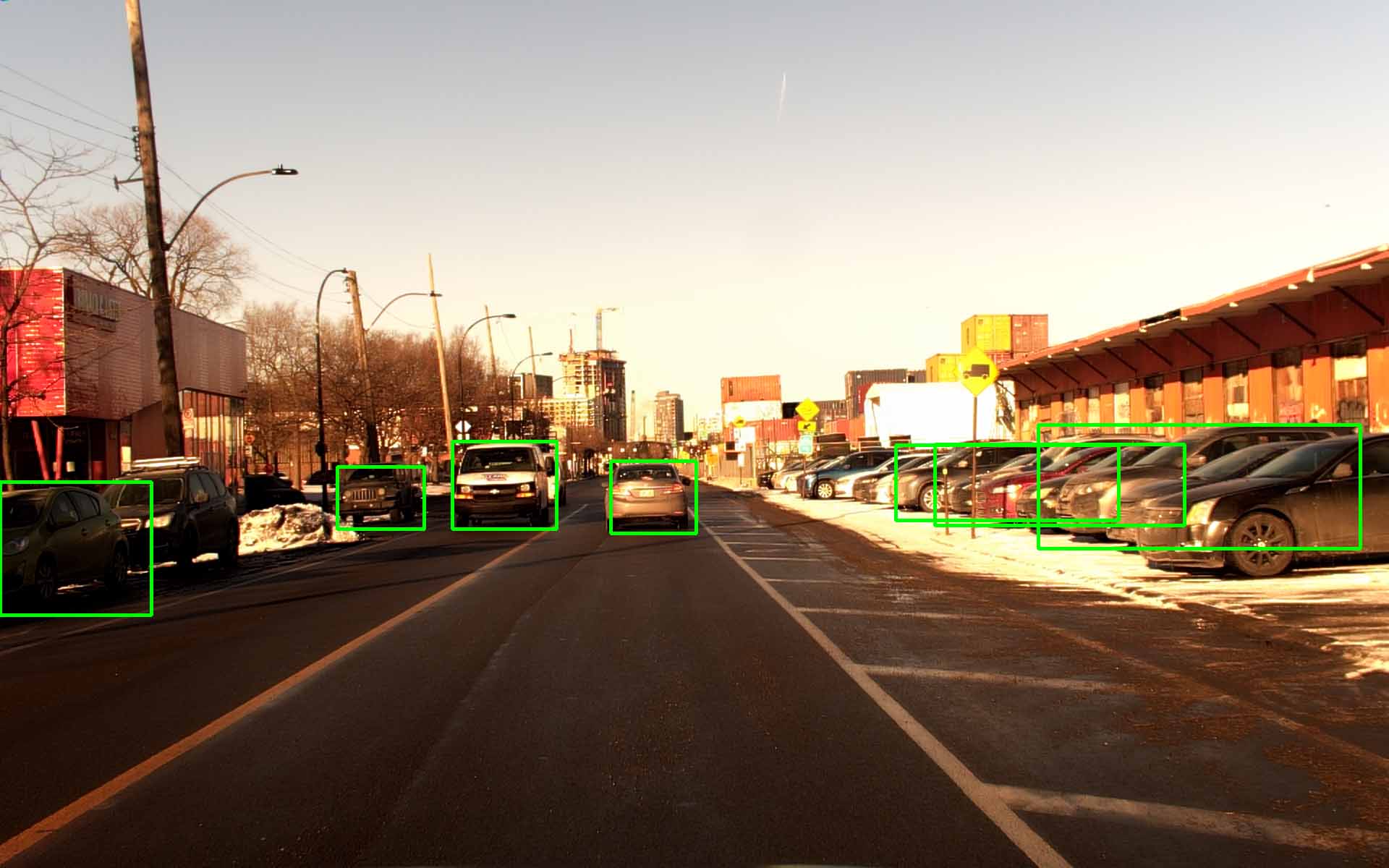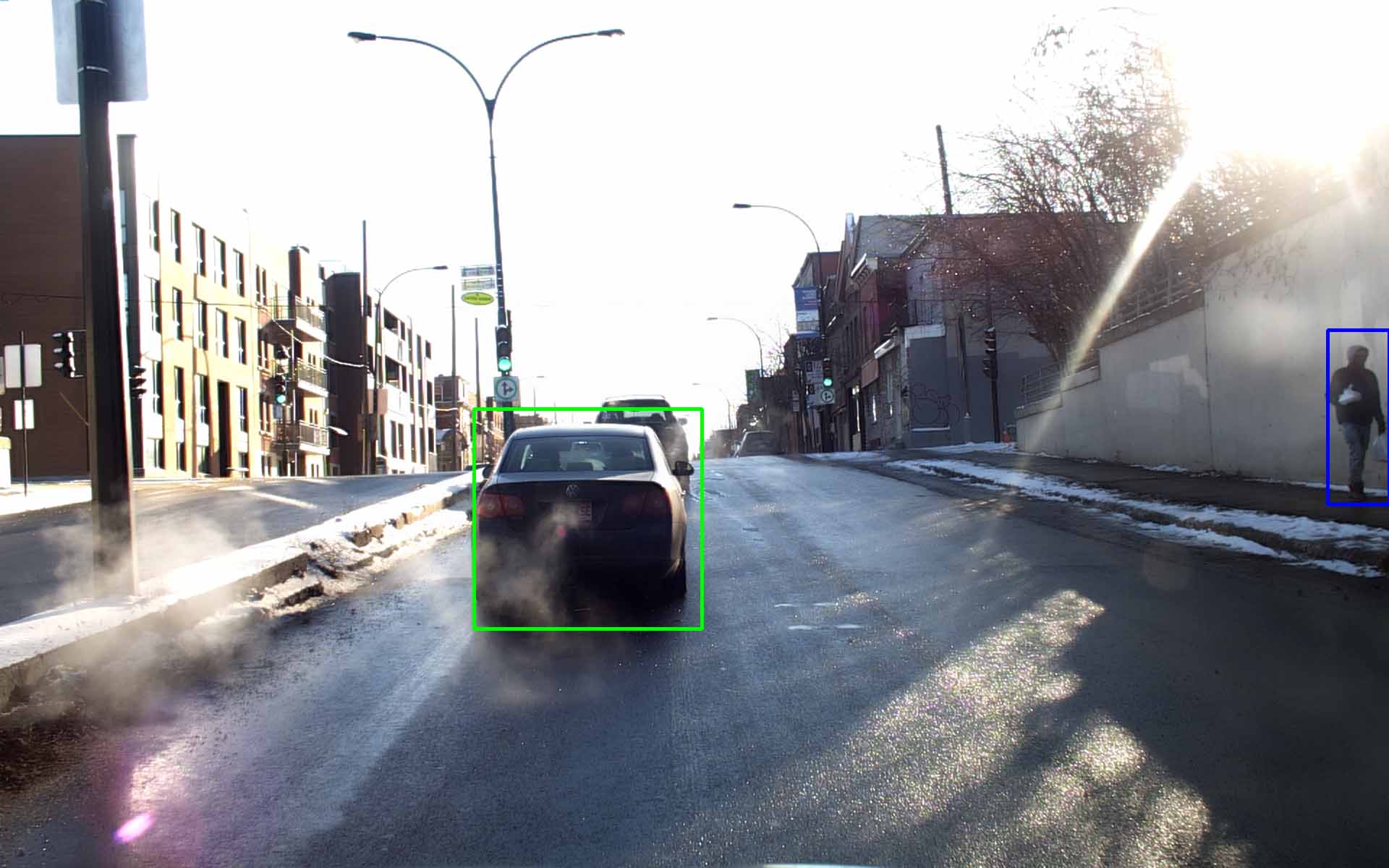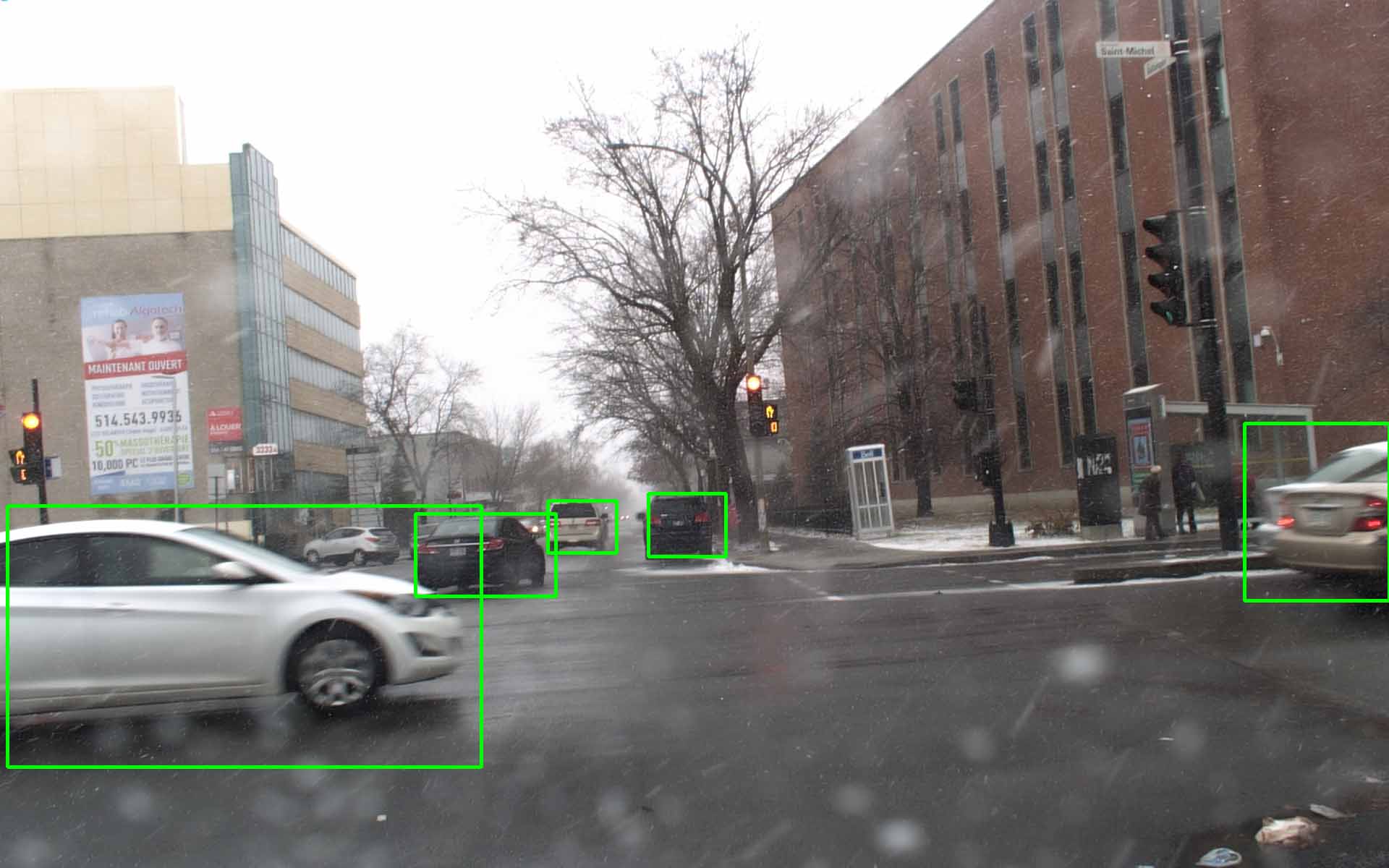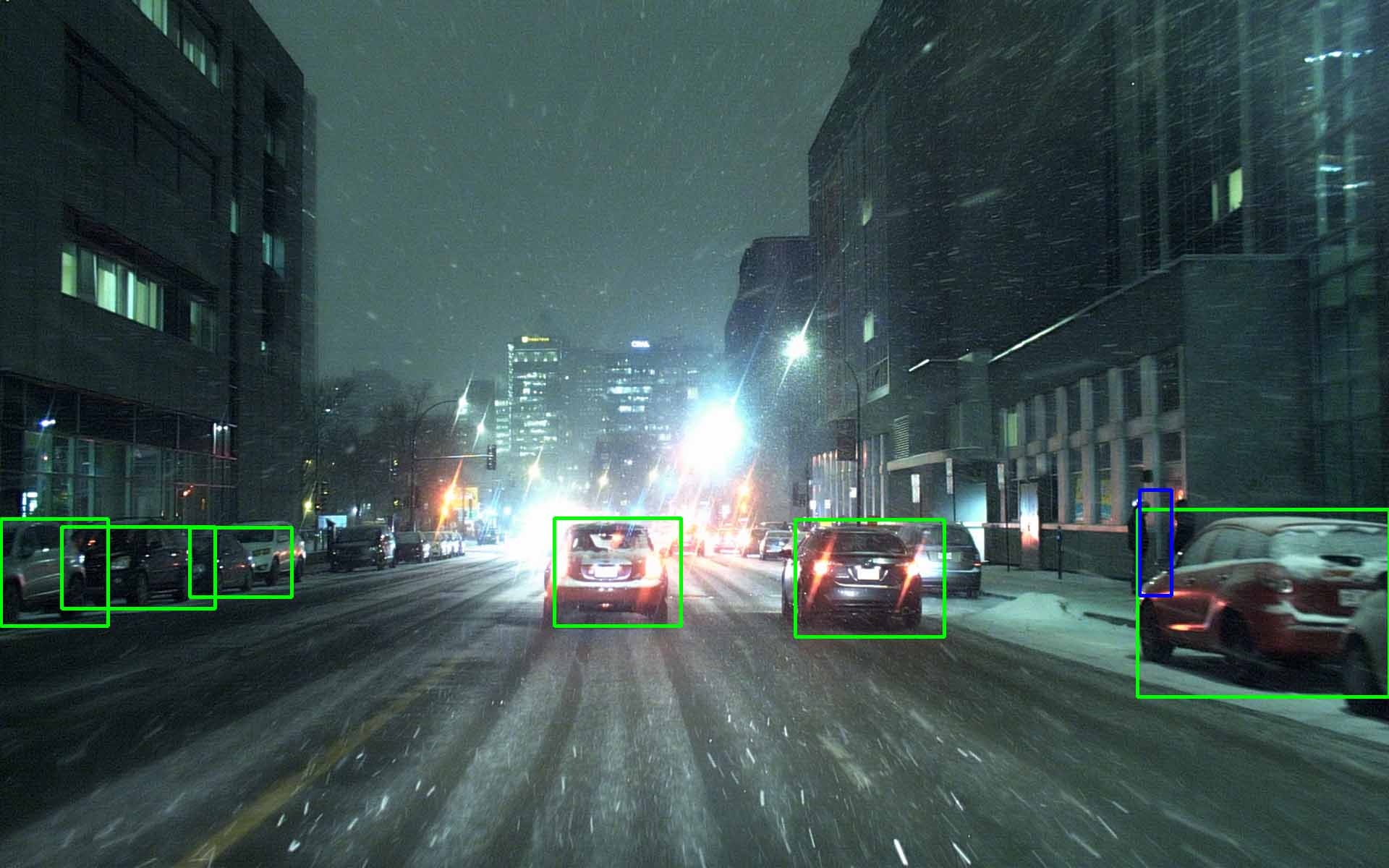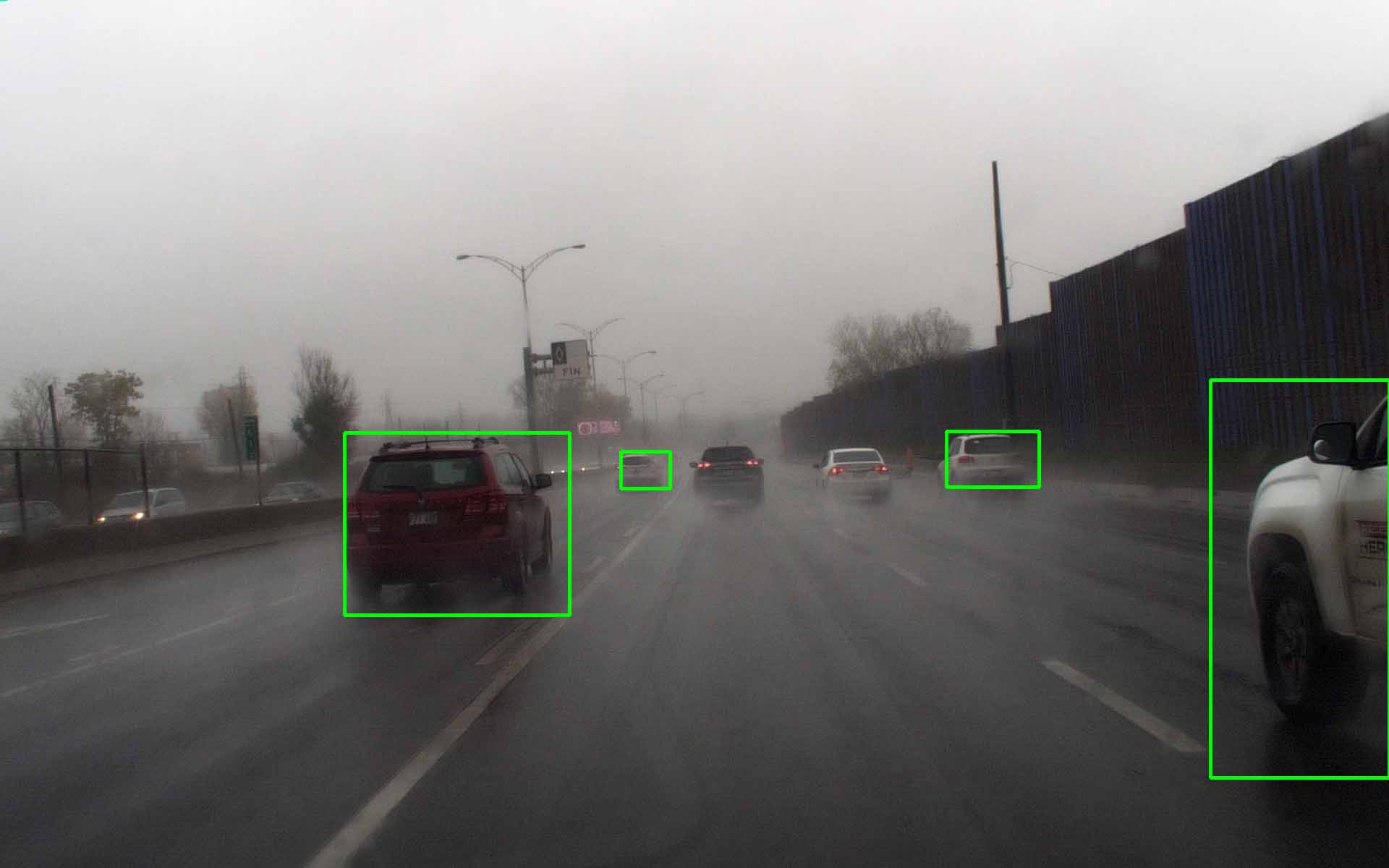Hardware-in-the-loop End-to-end Optimization of Camera Image Processing Pipelines
-
Ali Mosleh
-
Avinash Sharma
-
Emmanuel Onzon
-
Fahim Mannan
-
Nicolas Robidoux
- Felix Heide
CVPR 2020 (Oral)
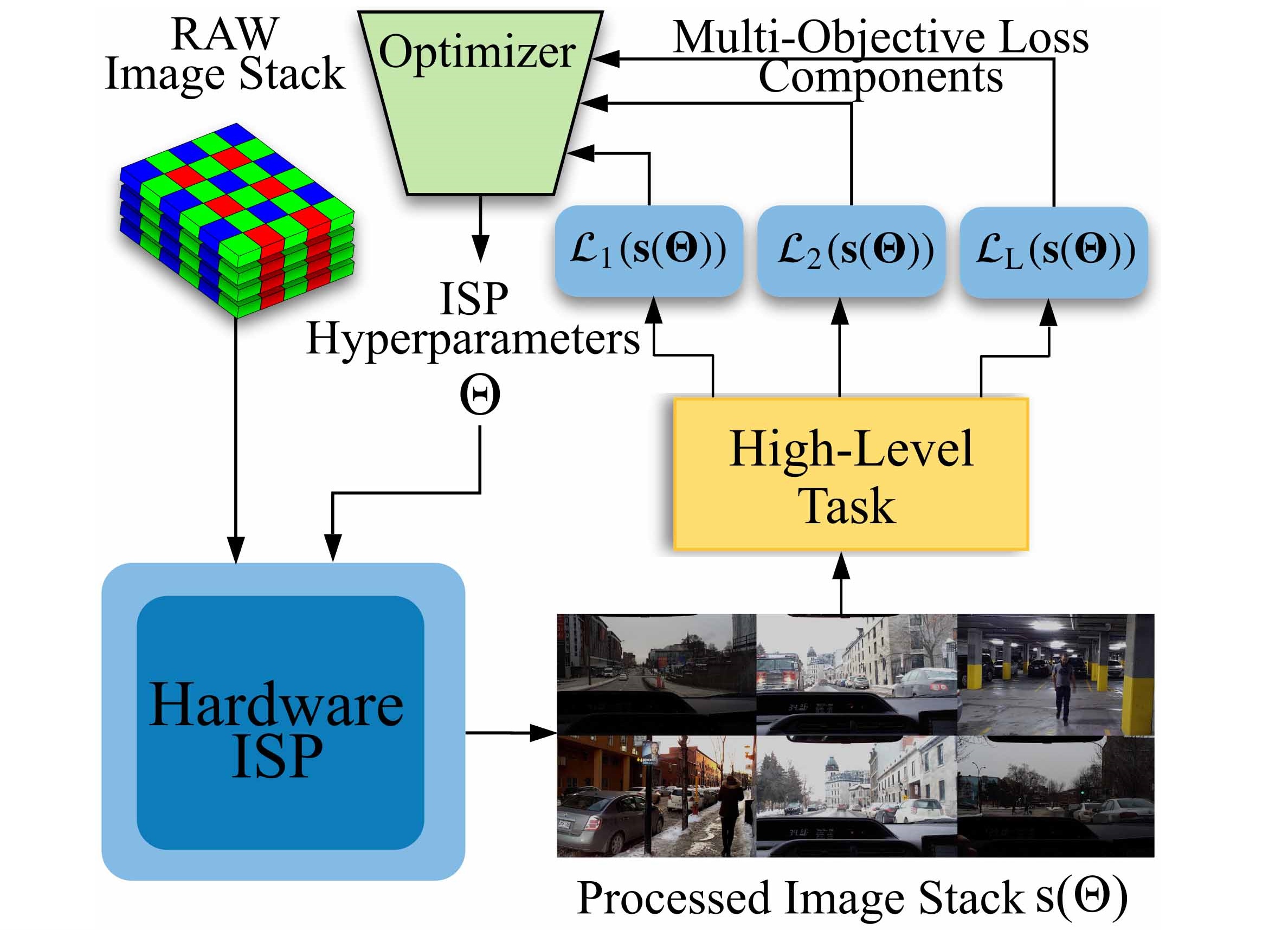
We demonstrate that it is possible to directly optimize low-level hardware ISP pipelines for an end-to-end domain-specific loss. (a) An overview of the proposed hardware-in-the-loop method for multi-objective end-to-end ISP optimization. (b) Hyperparameter optimization of the ARM Mali-C71 hardware ISP for automotive object detection using the proposed hardware-in-the-loop method; left: sample images ISP outputs during the optimization proces followed by automotive object detection using [1], right: mAP and mAR measured on the test set at each hyperparameter setting explored during the optimmization.
Commodity imaging systems rely on hardware image signal processing (ISP) pipelines. These low-level pipelines consist of a sequence of processing blocks that, depending on their hyperparameters, reconstruct a color image from RAW sensor measurements. Hardware ISP hyperparameters have a complex interaction with the output image, and therefore with the downstream application ingesting these images. Traditionally, ISPs are manually tuned in isolation by imaging experts without an end-to-end objective. Very recently, ISPs have been optimized with 1st-order methods that require differentiable approximations of the hardware ISP. Departing from such approximations, we present a hardware-in-the-loop method that directly optimizes hardware image processing pipelines for end-to-end domainspecific losses by solving a nonlinear multi-objective optimization problem with a novel 0th-order stochastic solver directly interfaced with the hardware ISP. We validate the proposed method with recent hardware ISPs and 2D object detection, segmentation, and human viewing as end-to-end downstream tasks. For automotive 2D object detection, the proposed method outperforms manual expert tuning by 30% mean average precision (mAP) and recent methods using ISP approximations by 18% mAP.
Paper
Ali Mosleh, Avinash Sharma, Emmanuel Onzon, Fahim Mannan, Nicolas Robidoux, Felix Heide
Hardware-in-the-loop End-to-end Optimization of Camera Image Processing Pipelines
CVPR 2020 (Oral)
Selected Results
Hyperparameter Optimization for Software ISPs on RAWs synthesized from existing RGB datasets
Default ISP Hyperparameters




ISP Optimized for Perceptual Image Quality




Hardware-in-the-loop End-to-end Optimization (this work)




Automotive object detection on KITTI using [1]
The imagees obtained with hyperparameters optimized with the proposed hardware-in-the-loop method have a lower perceptual quality compared to those obtained with the ISP optimized for perceptual quality, however, more cars are correctly detected.
Default ISP Hyperparameters
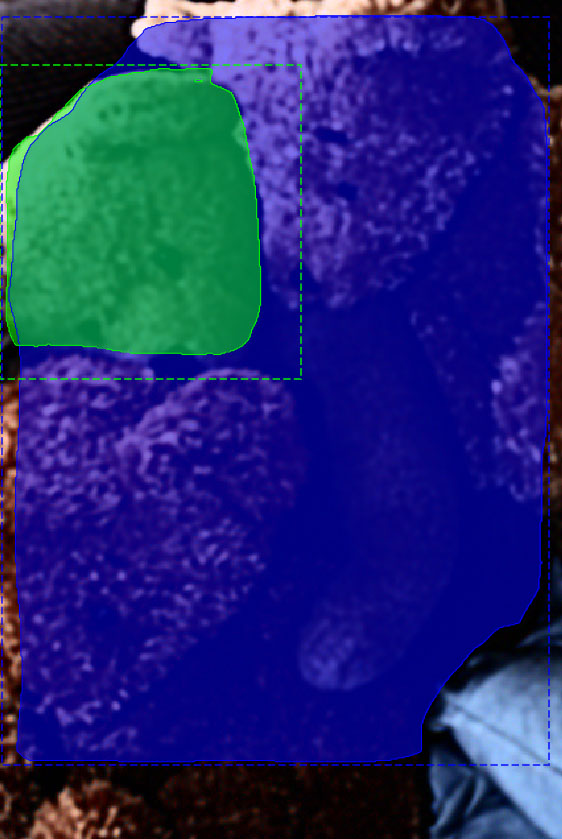

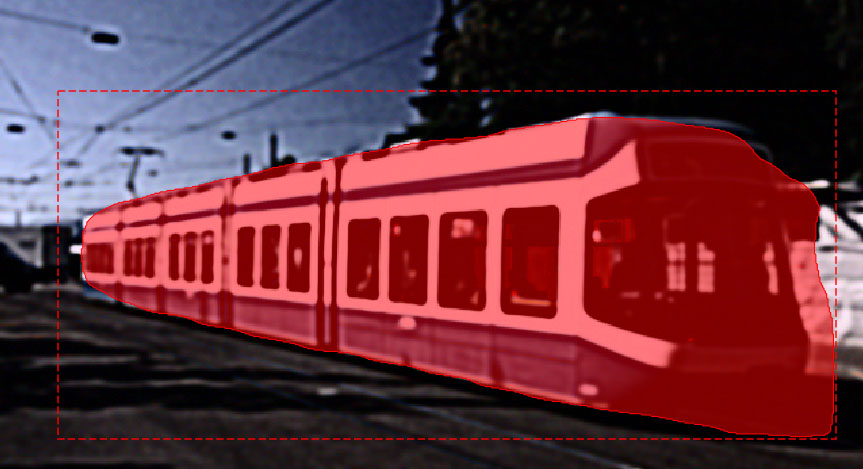

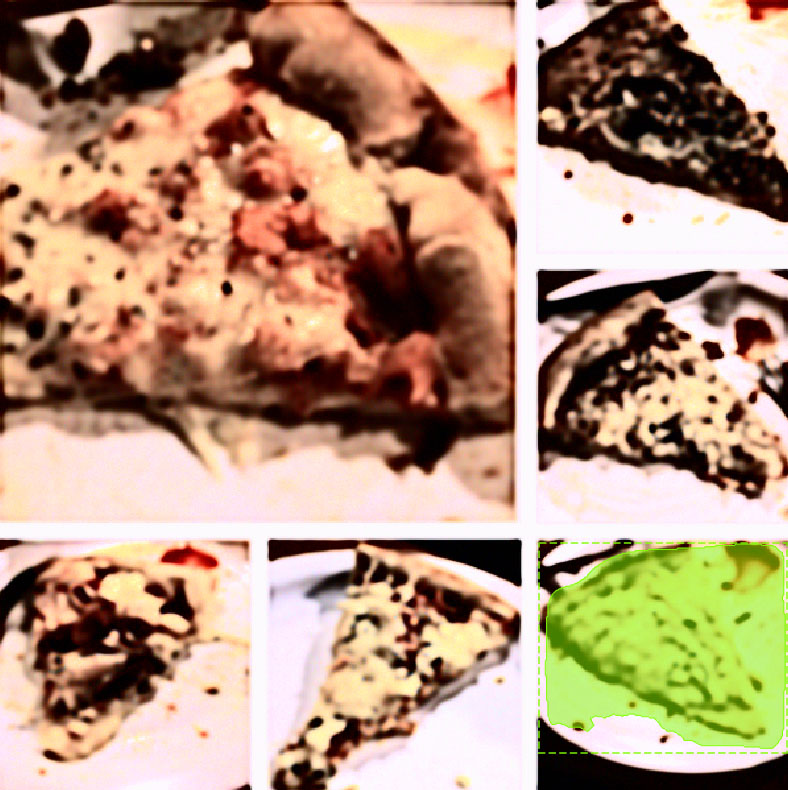
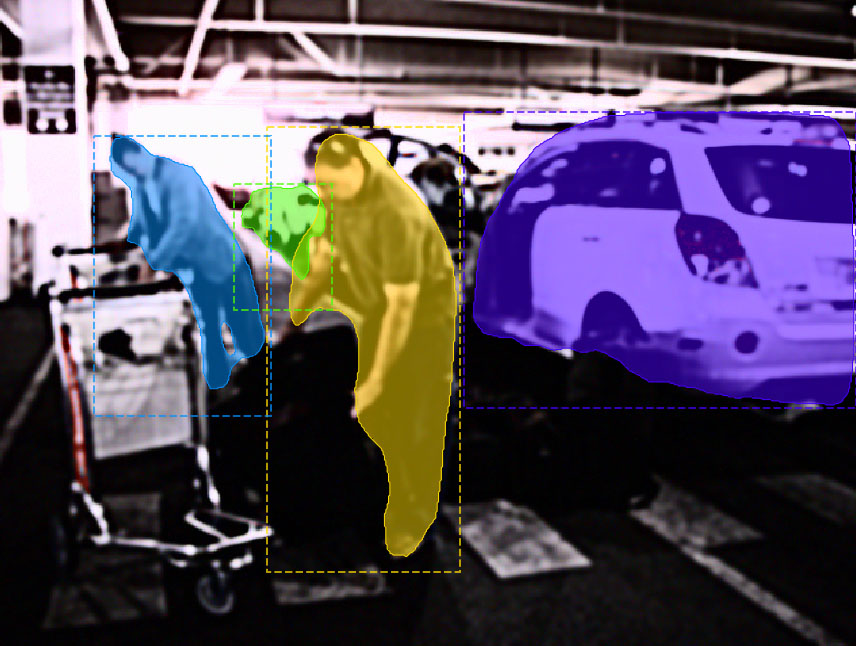
ISP Optimized for Perceptual Image Quality
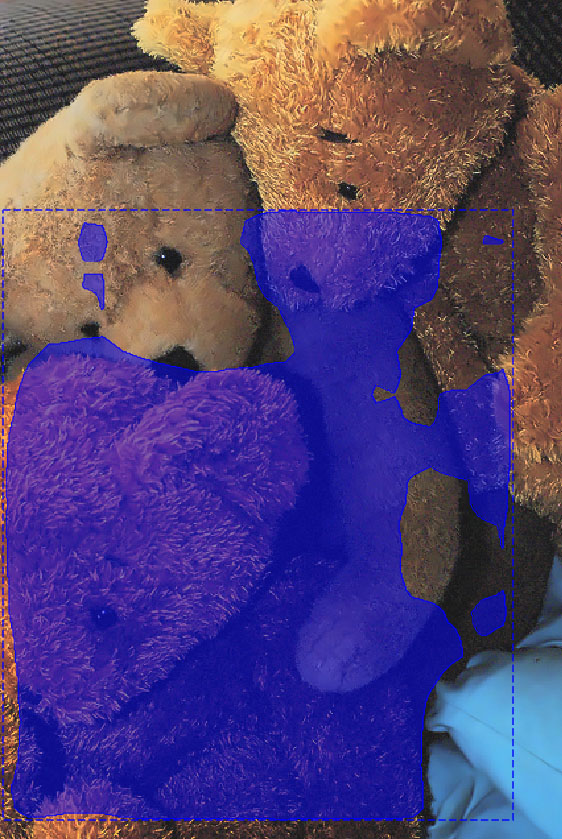
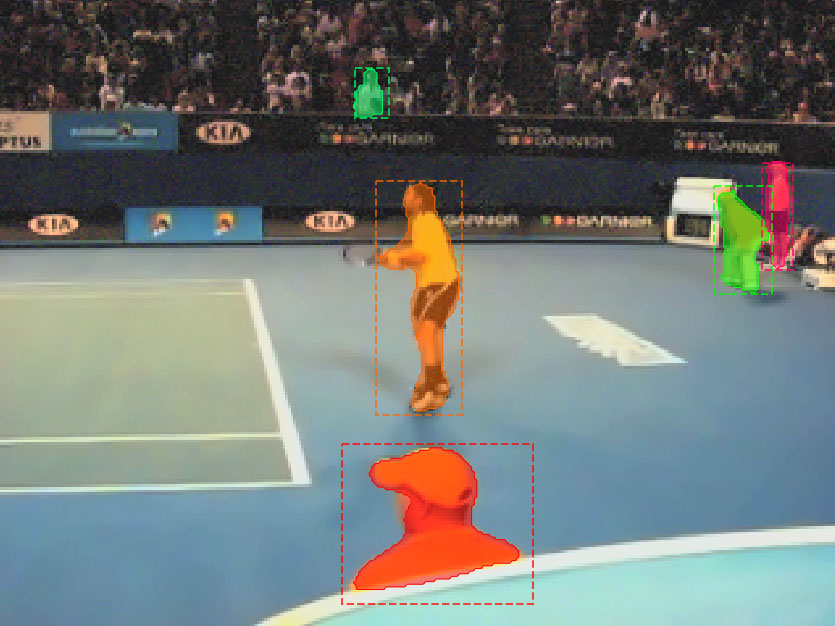
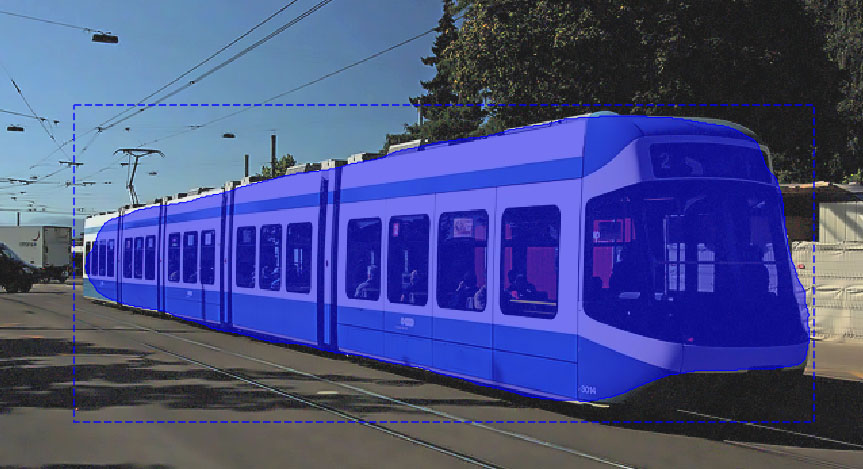

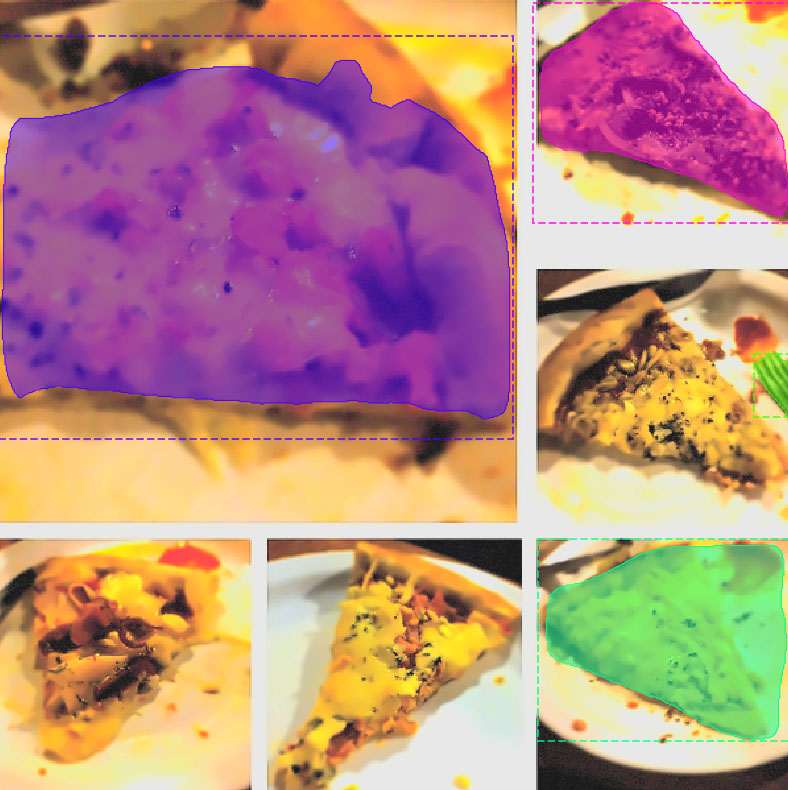
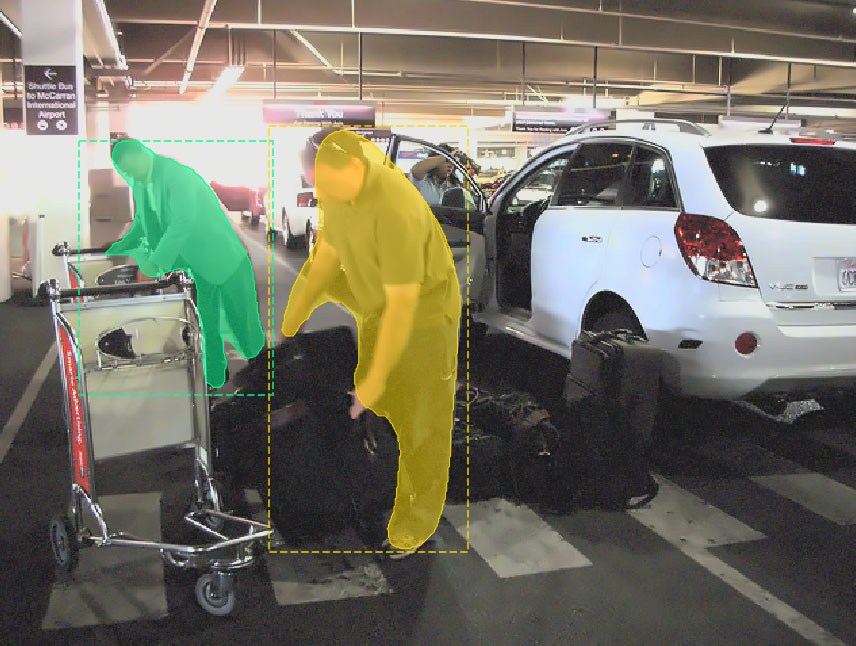
Hardware-in-the-loop End-to-end Optimization (this work)
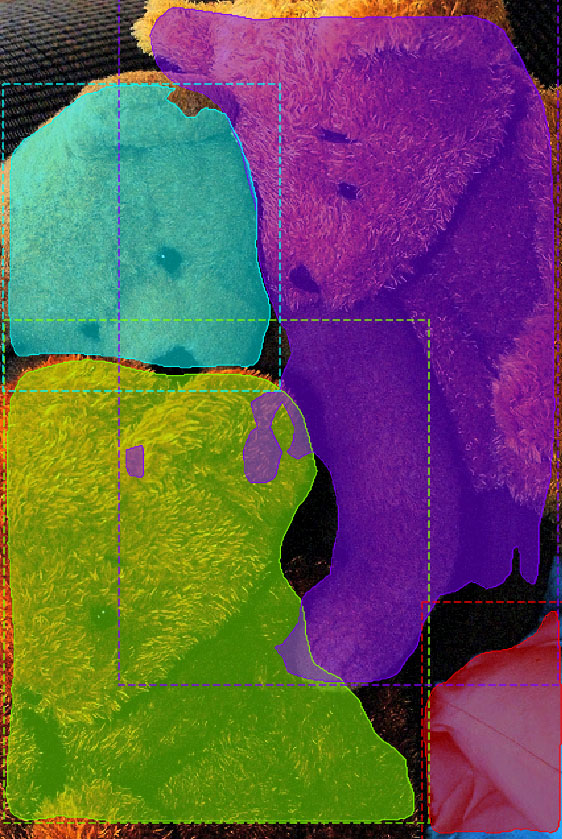
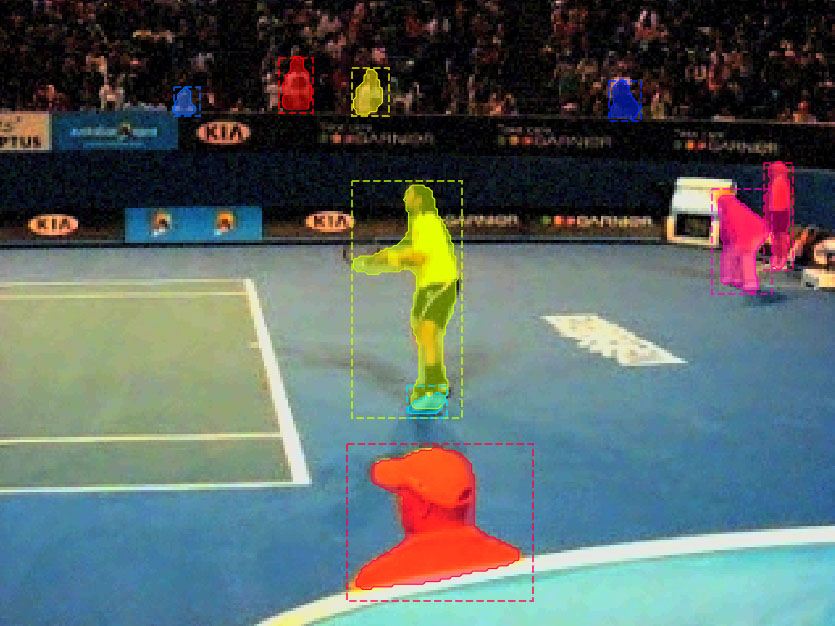
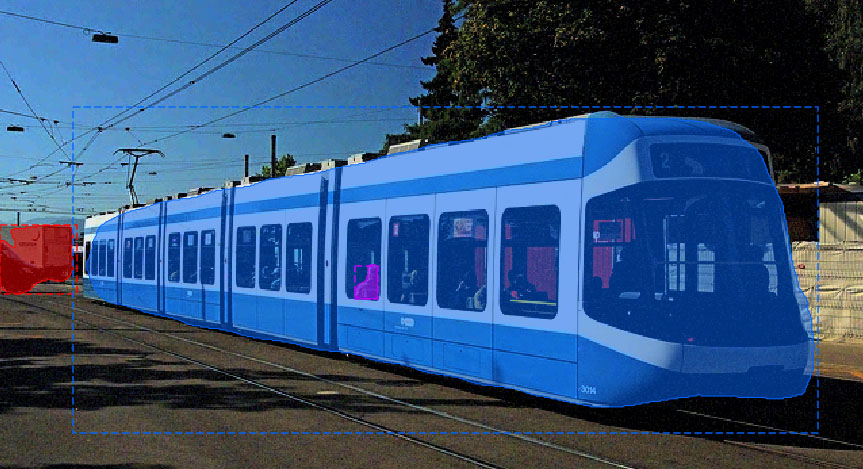
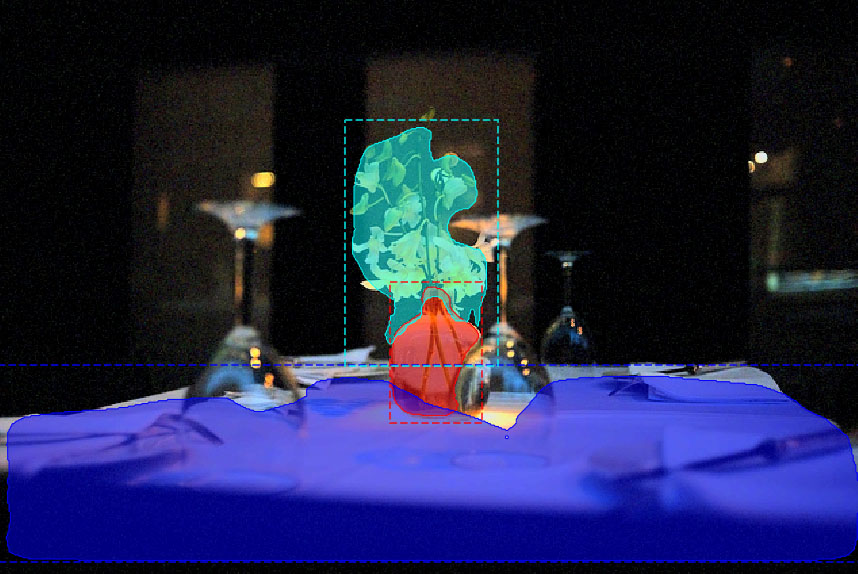
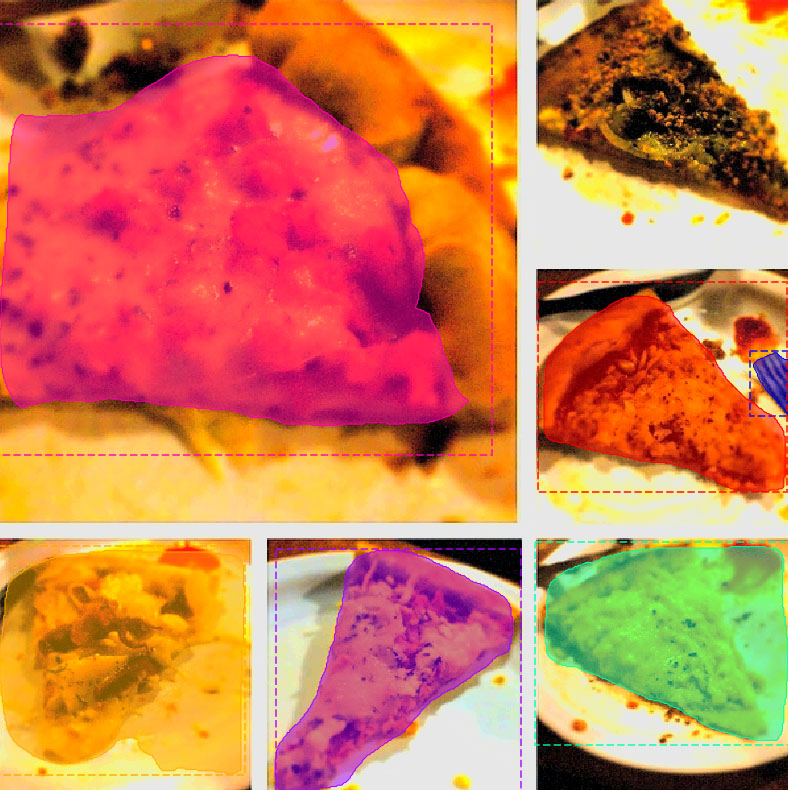
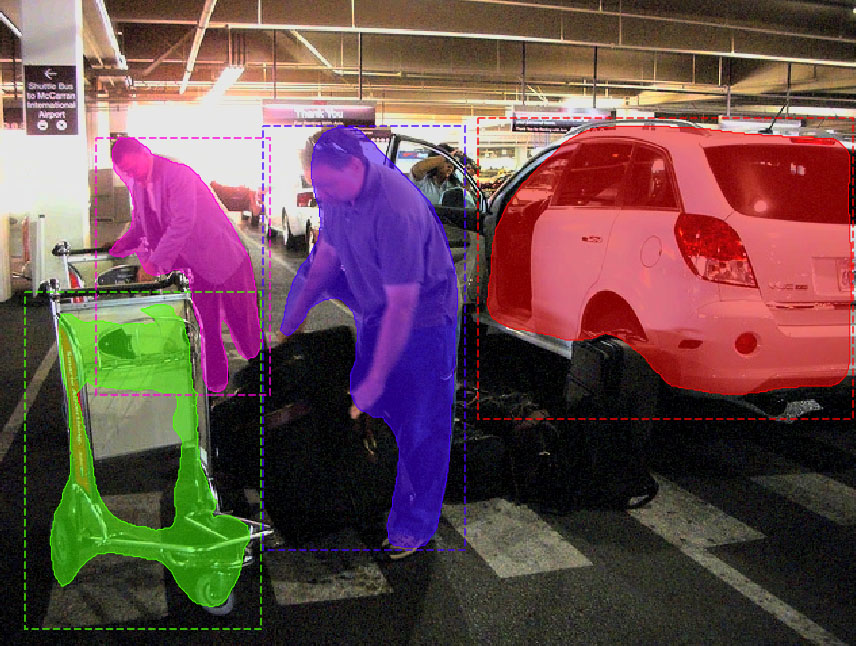
Instance segmentation on COCO using [3]
While the task-specific-optimized ISP do not achieve the same perceptual quality as the one optimized for perceptual image quality, it substantially improves the downstream image understanding task.
Hyperparameter Optimization of Hardware ISPs on Captured RAW Data
Default ISP Hyperparameters
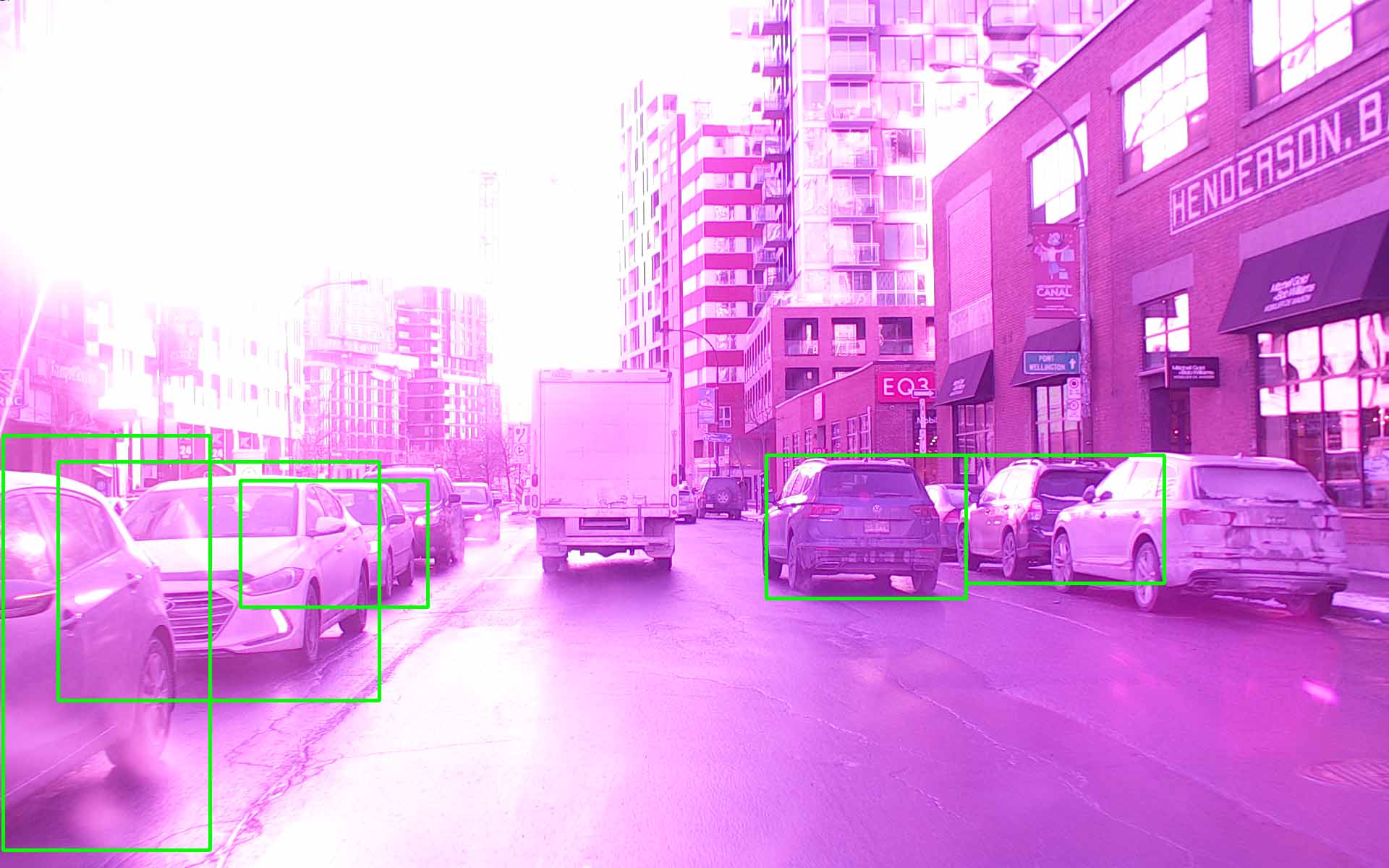
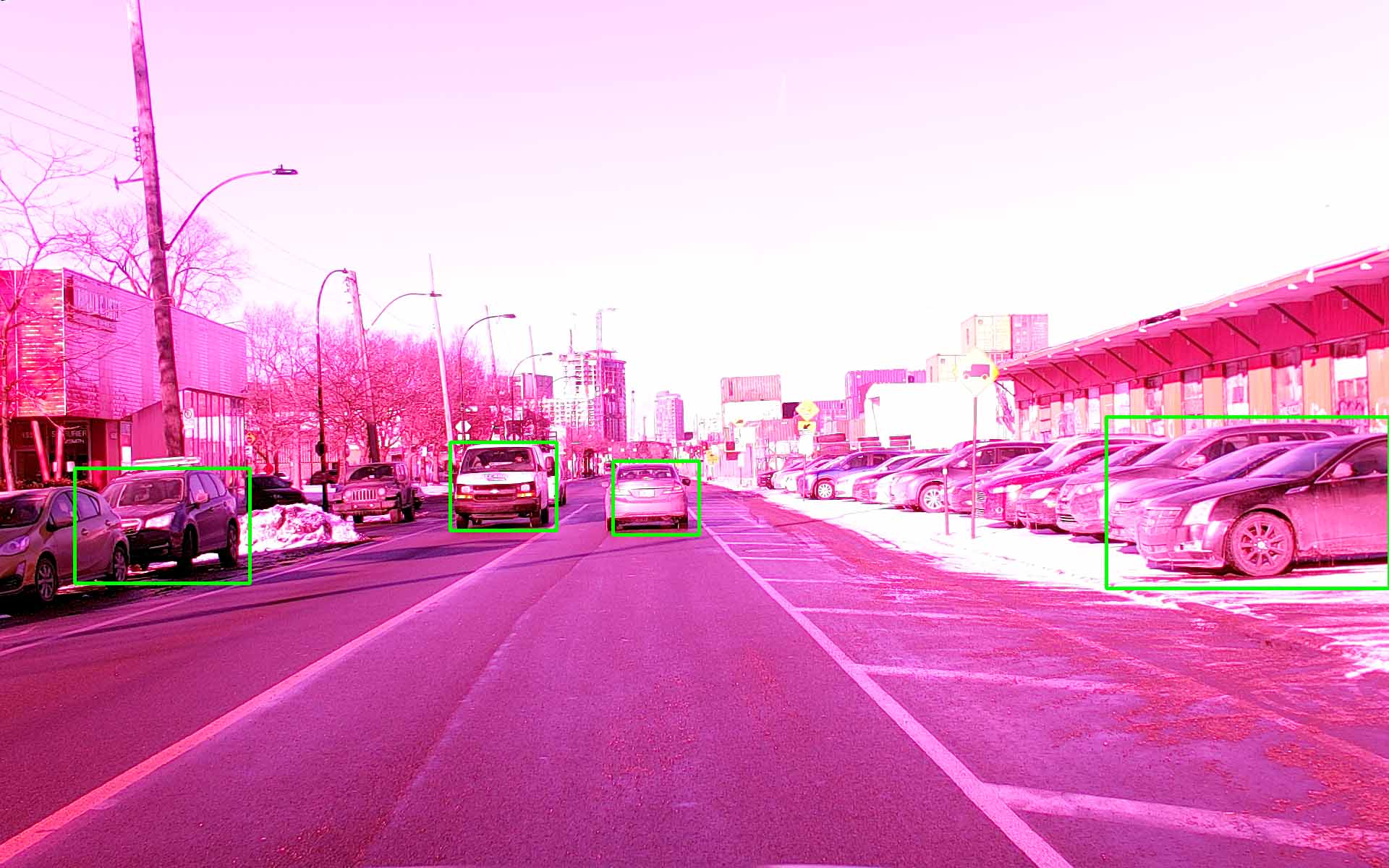
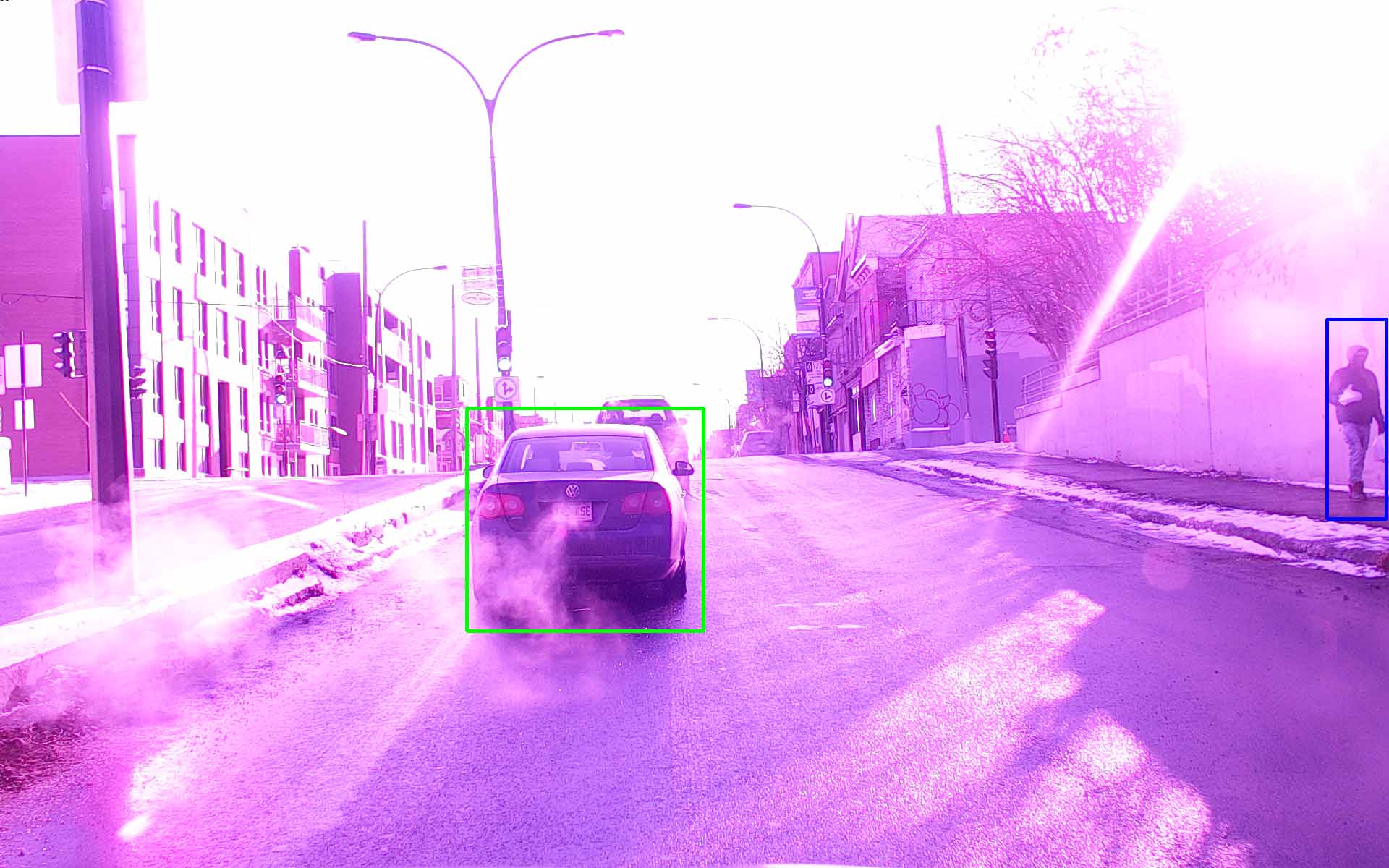

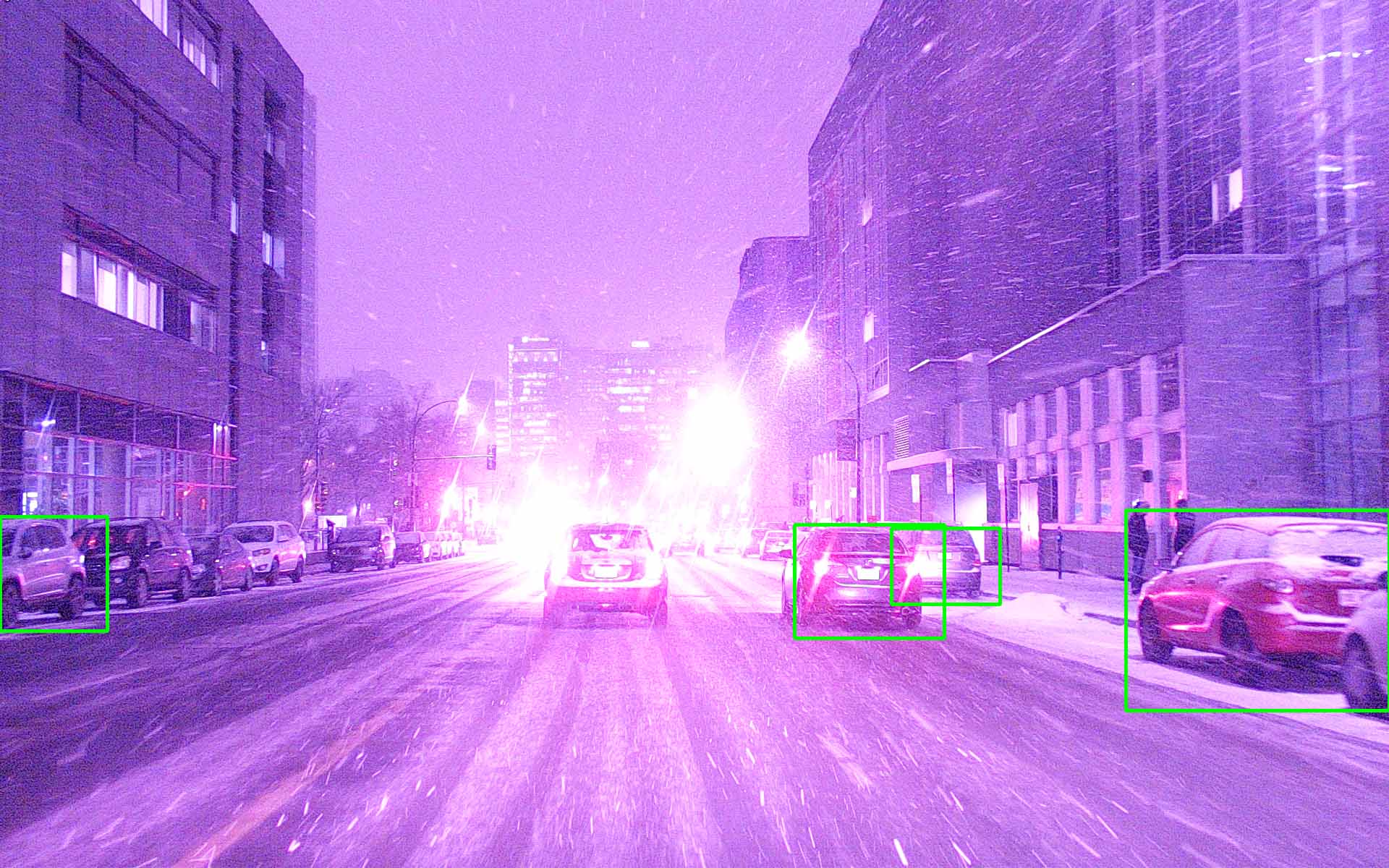
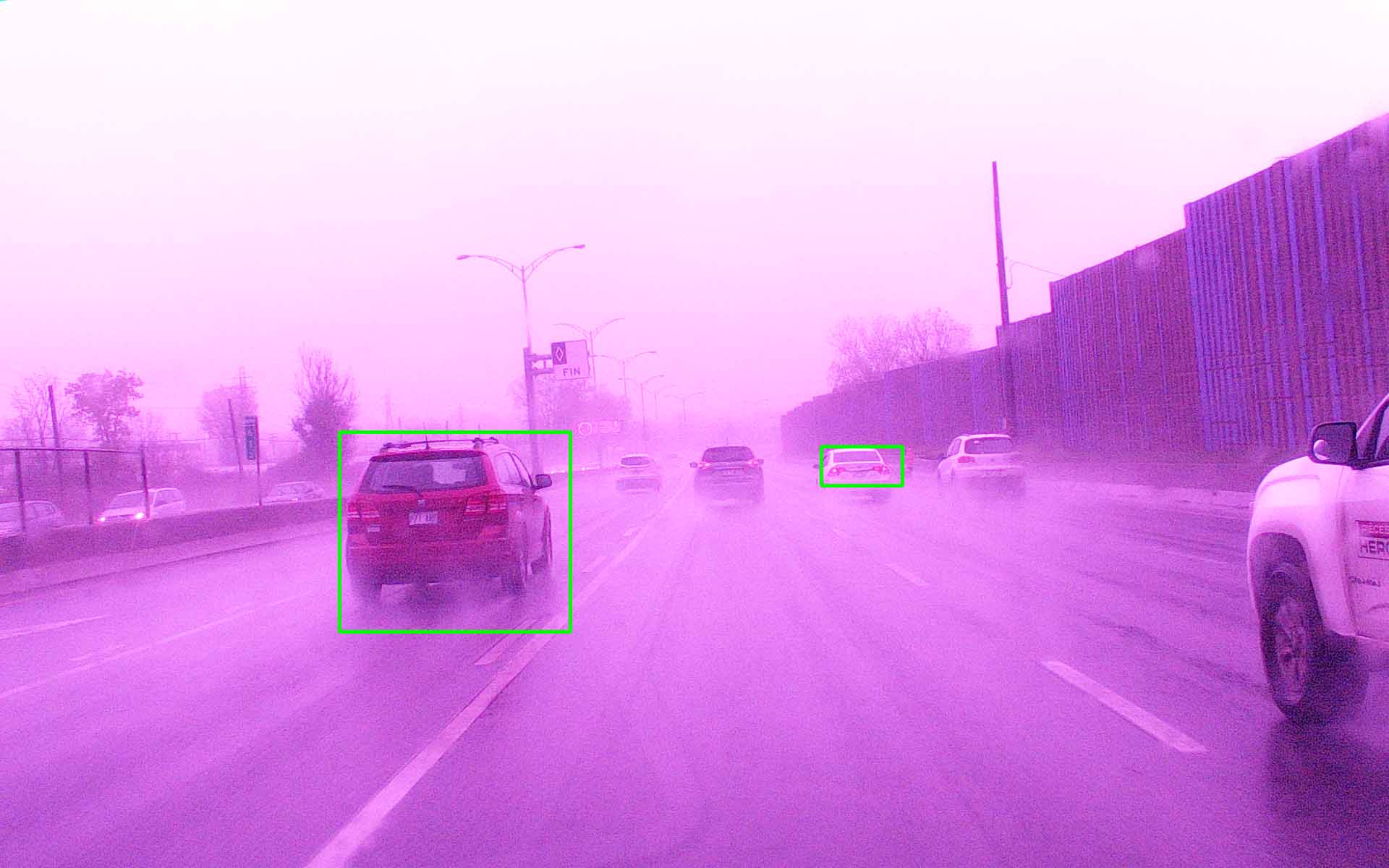
Expert-tuned ISP Hyperparameters for Perceptual Image Quality
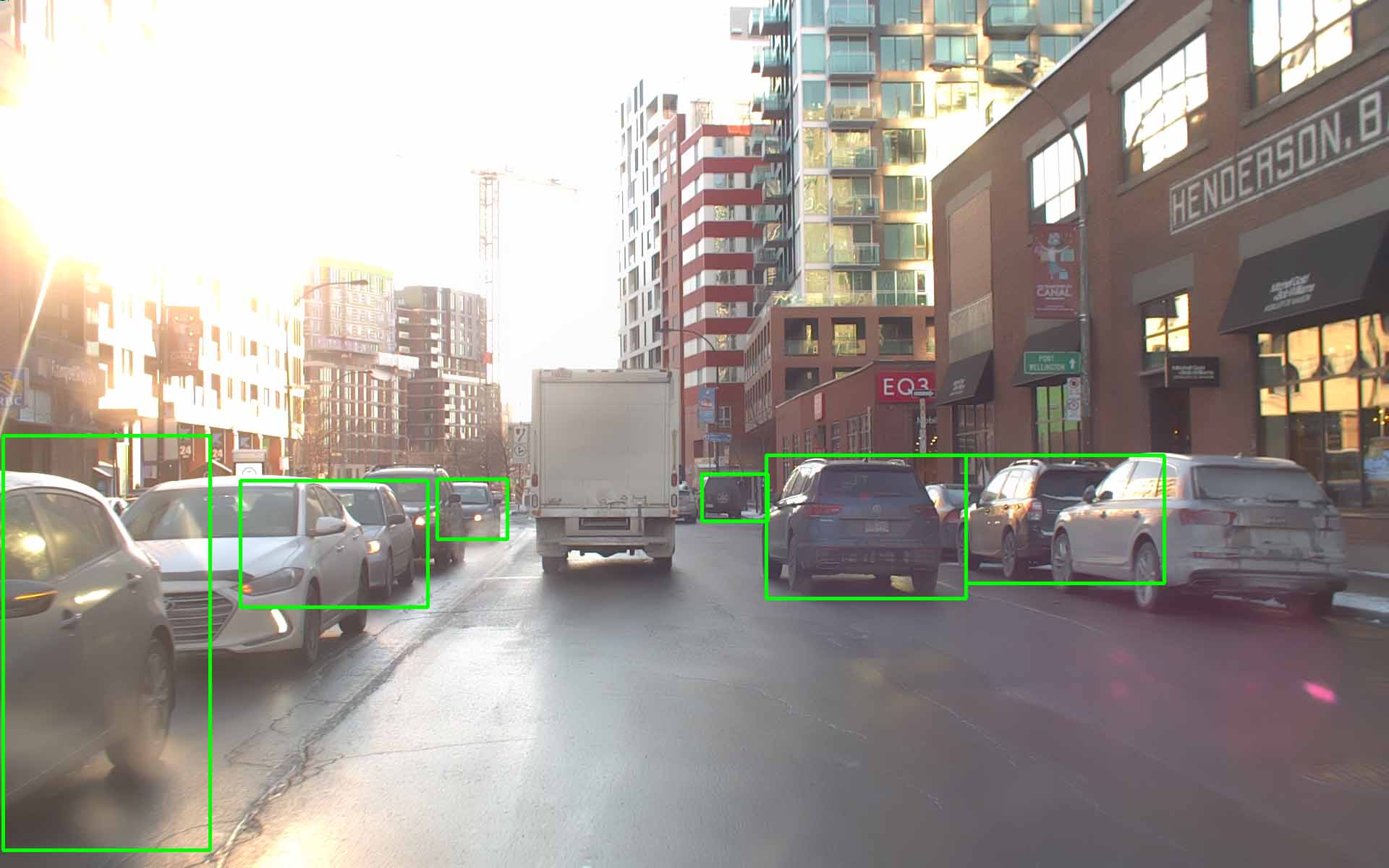
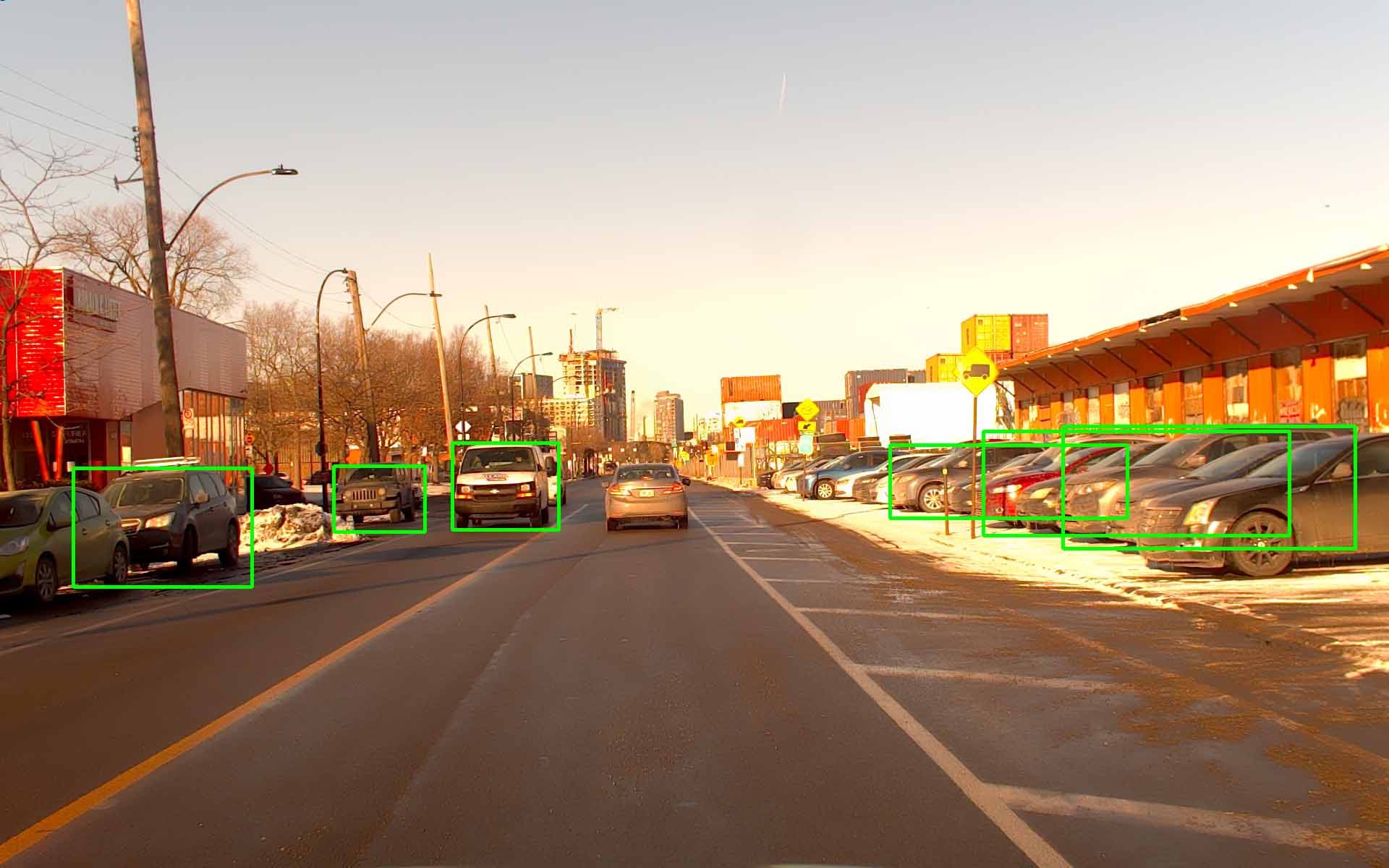

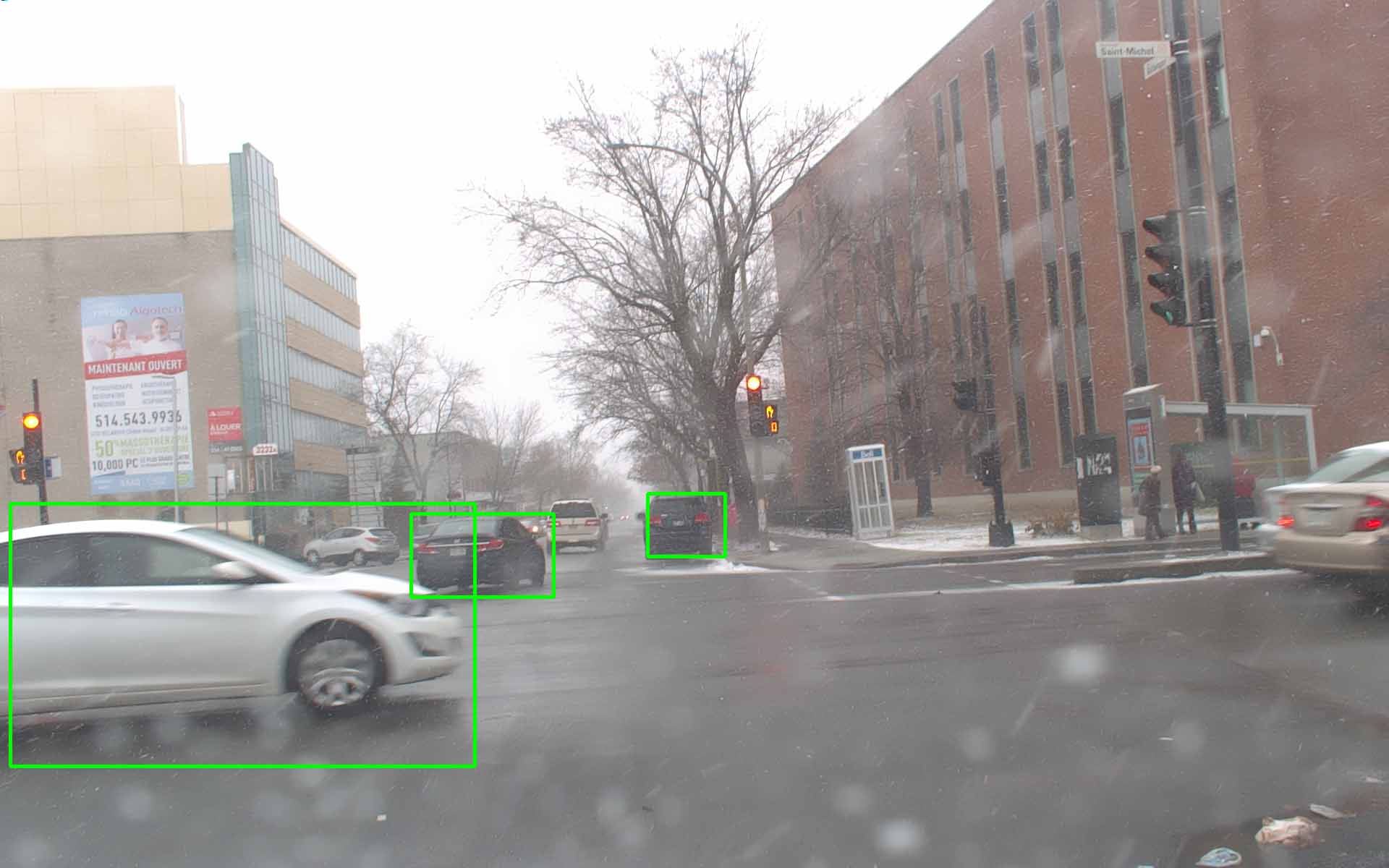
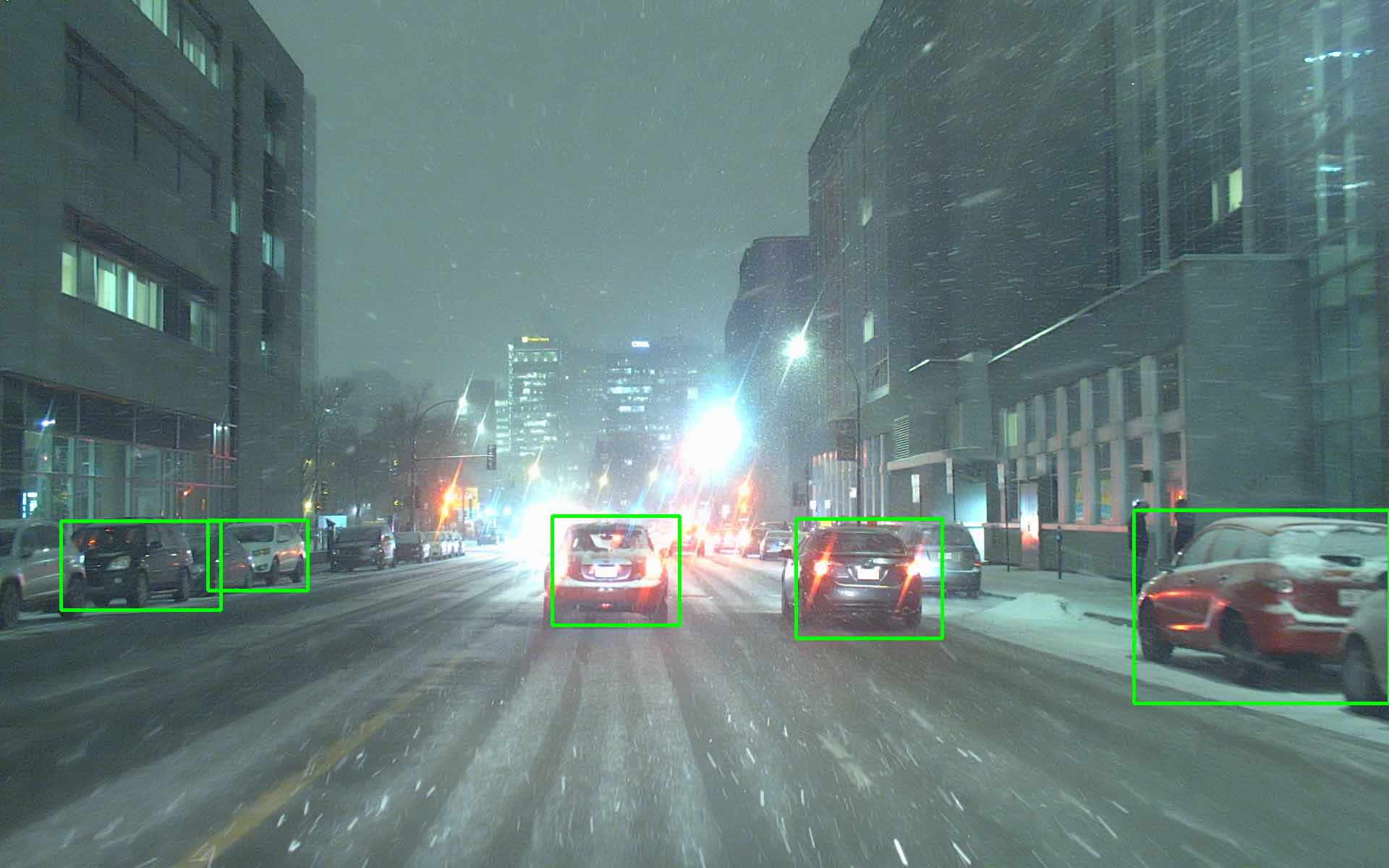
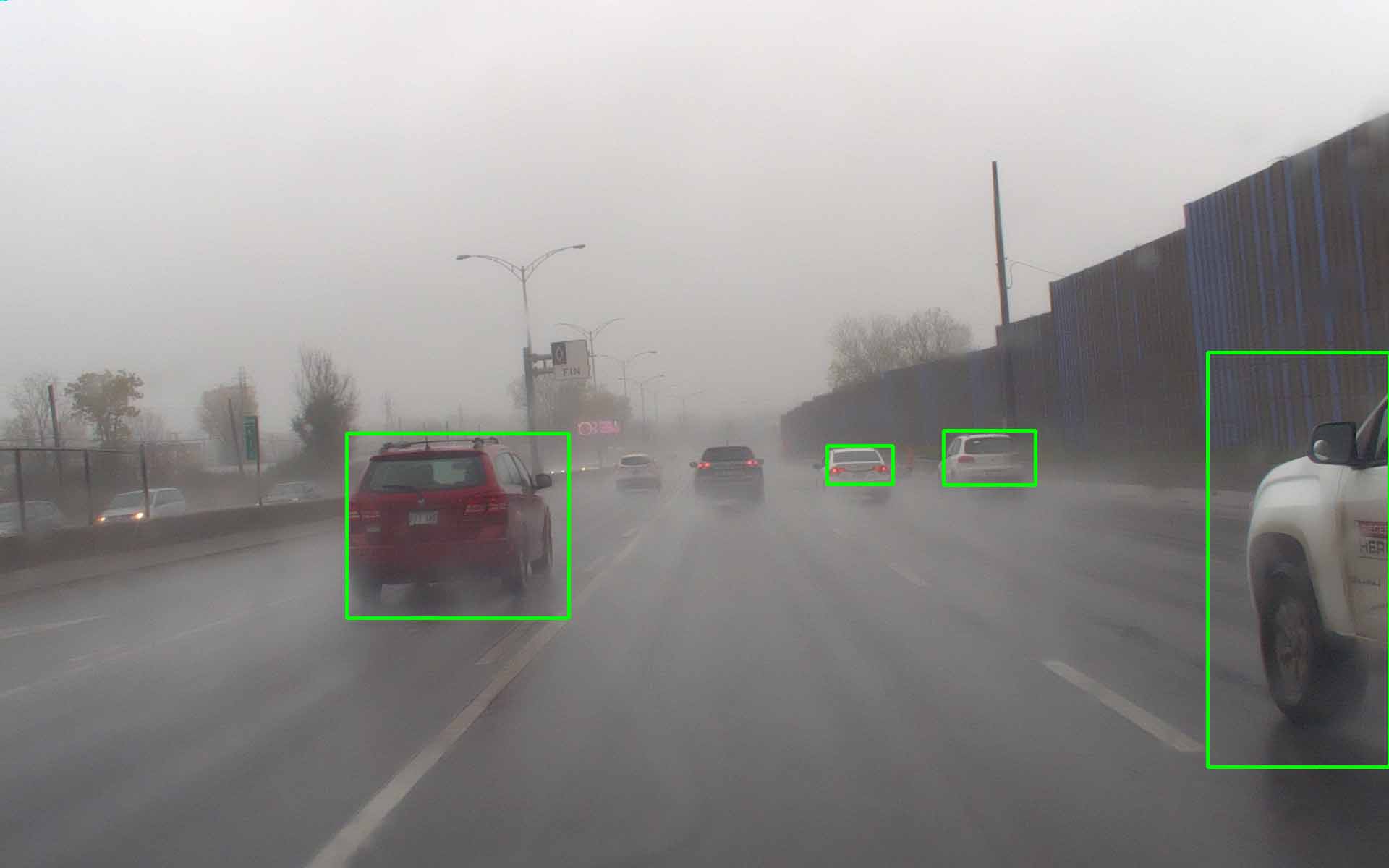
Hardware-in-the-loop ISP End-to-end Optimization (this paper)
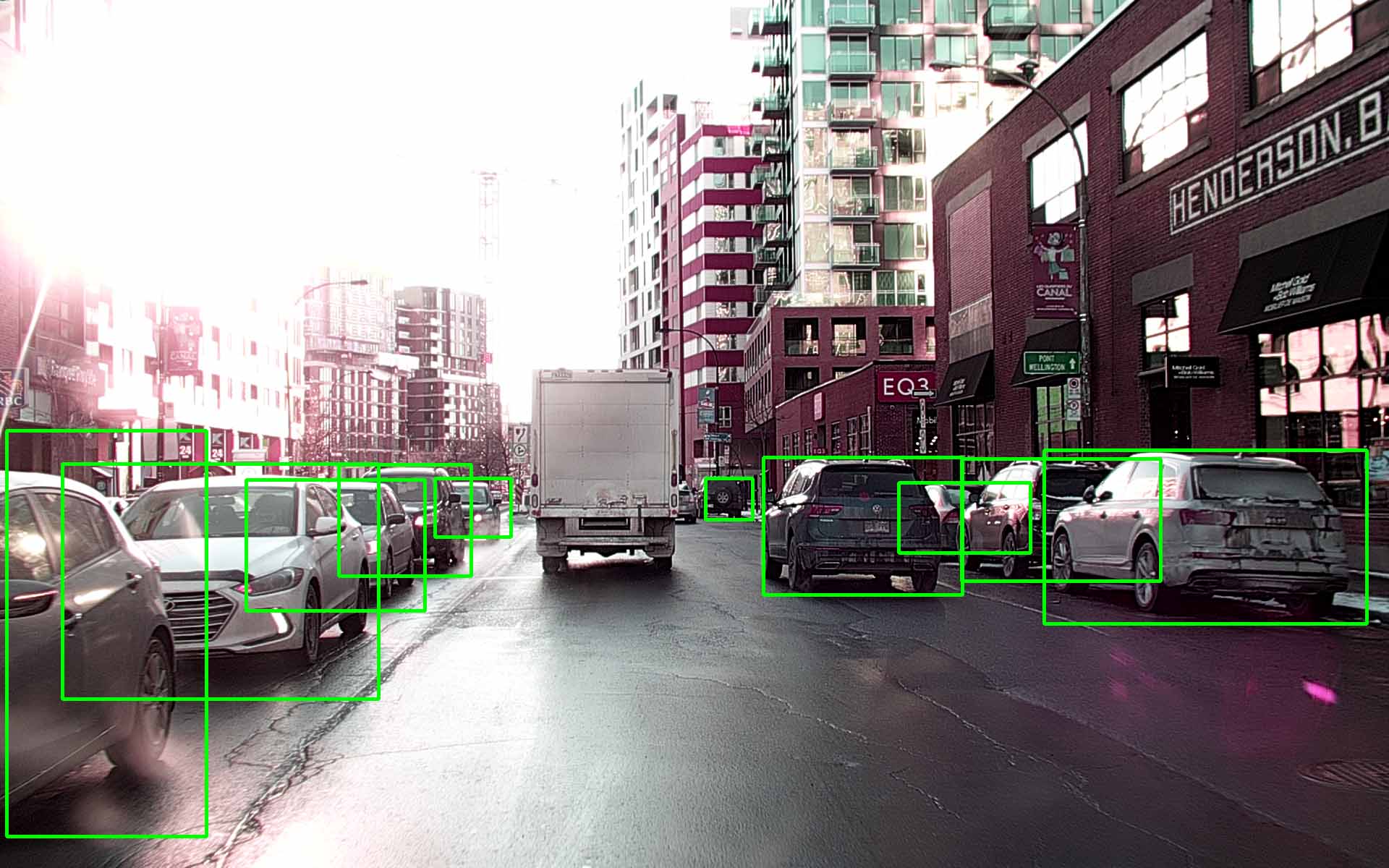
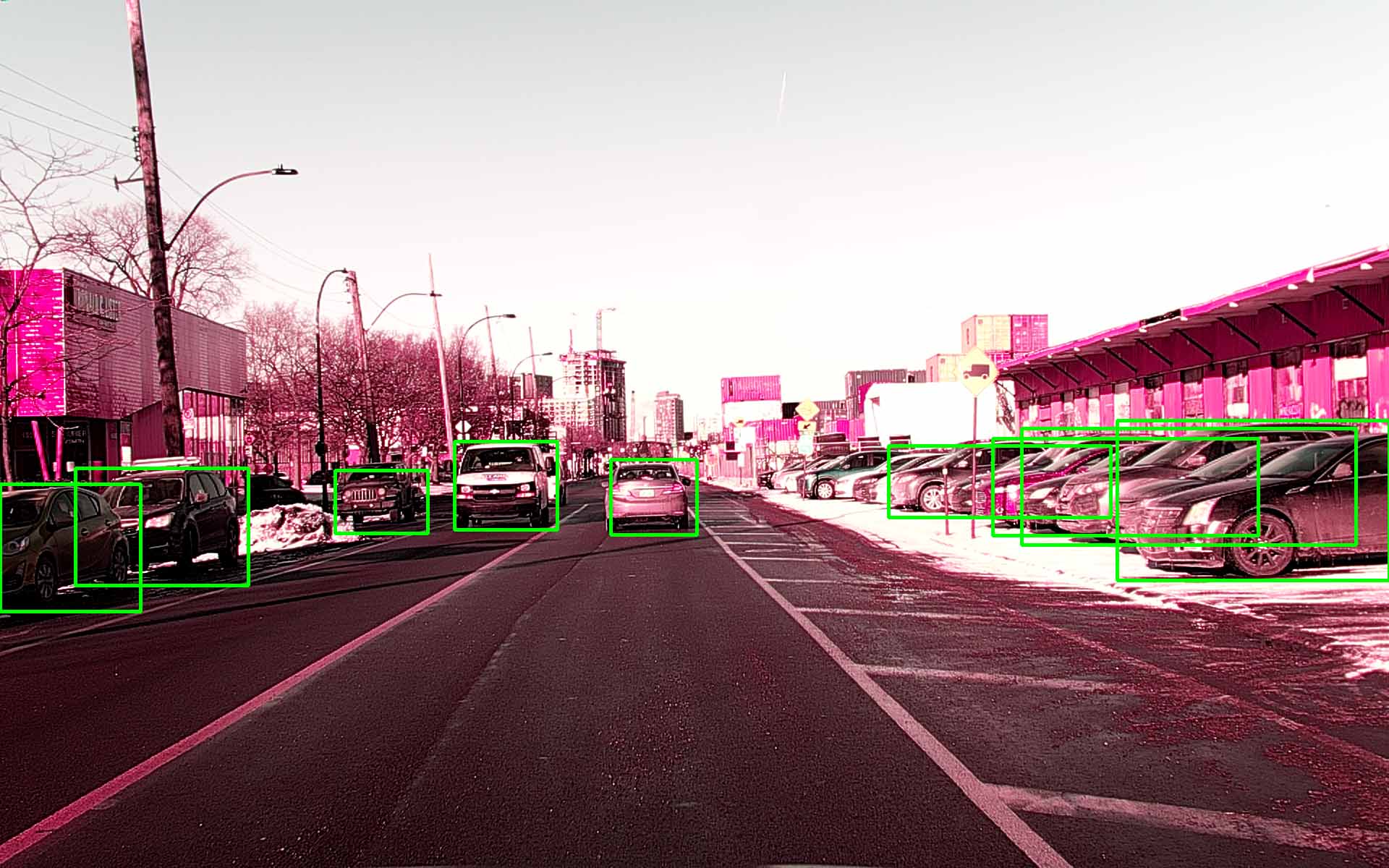
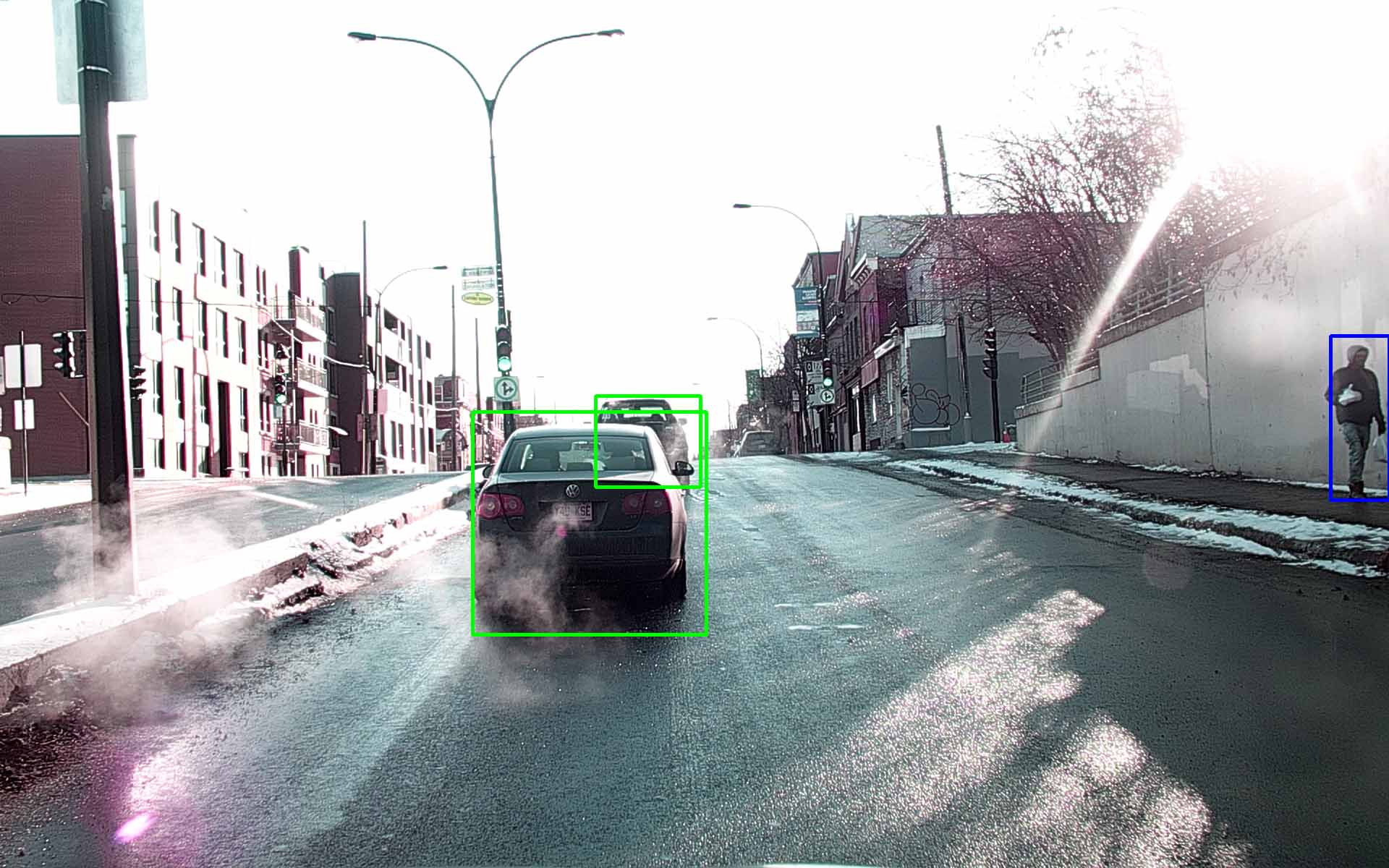
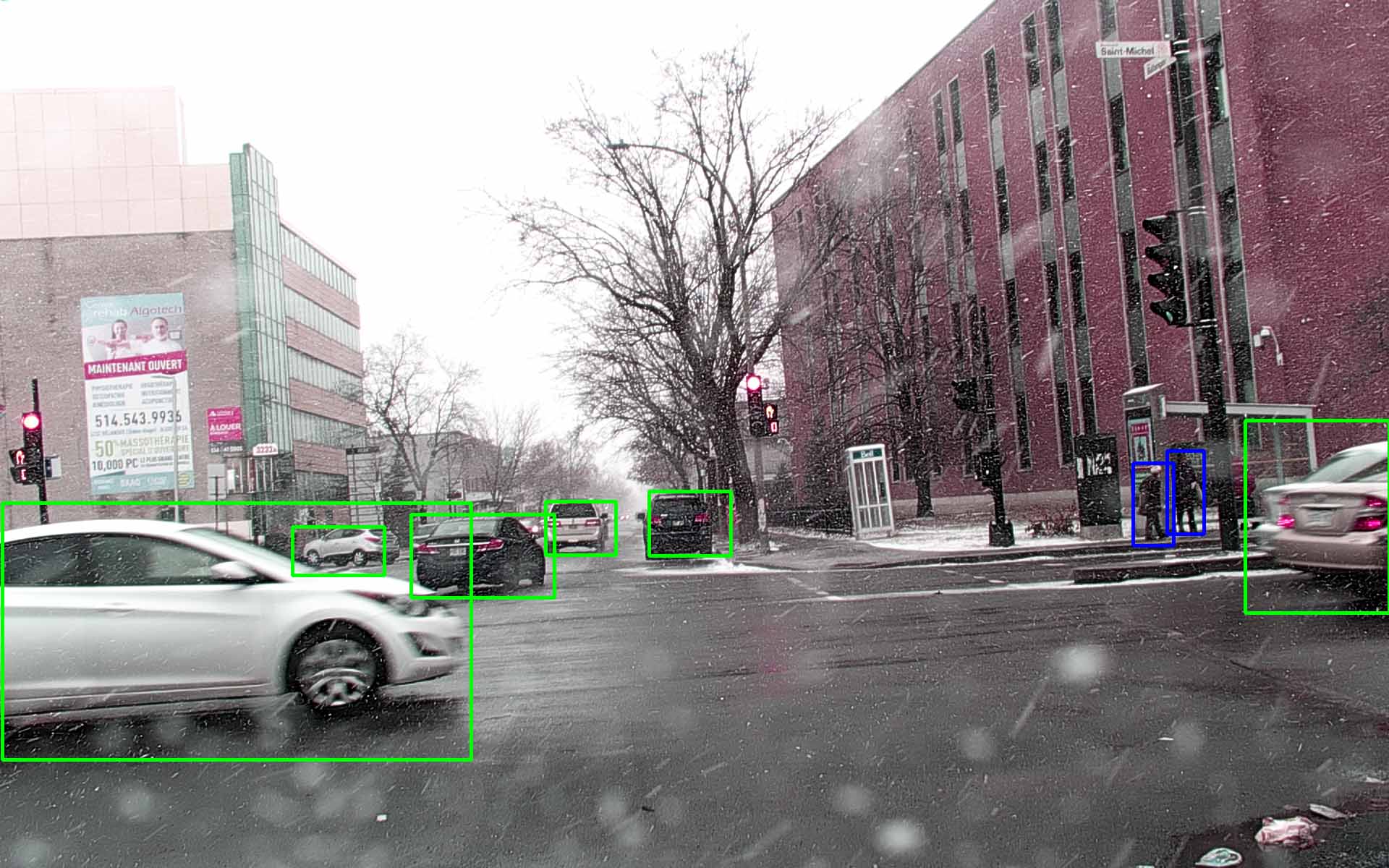
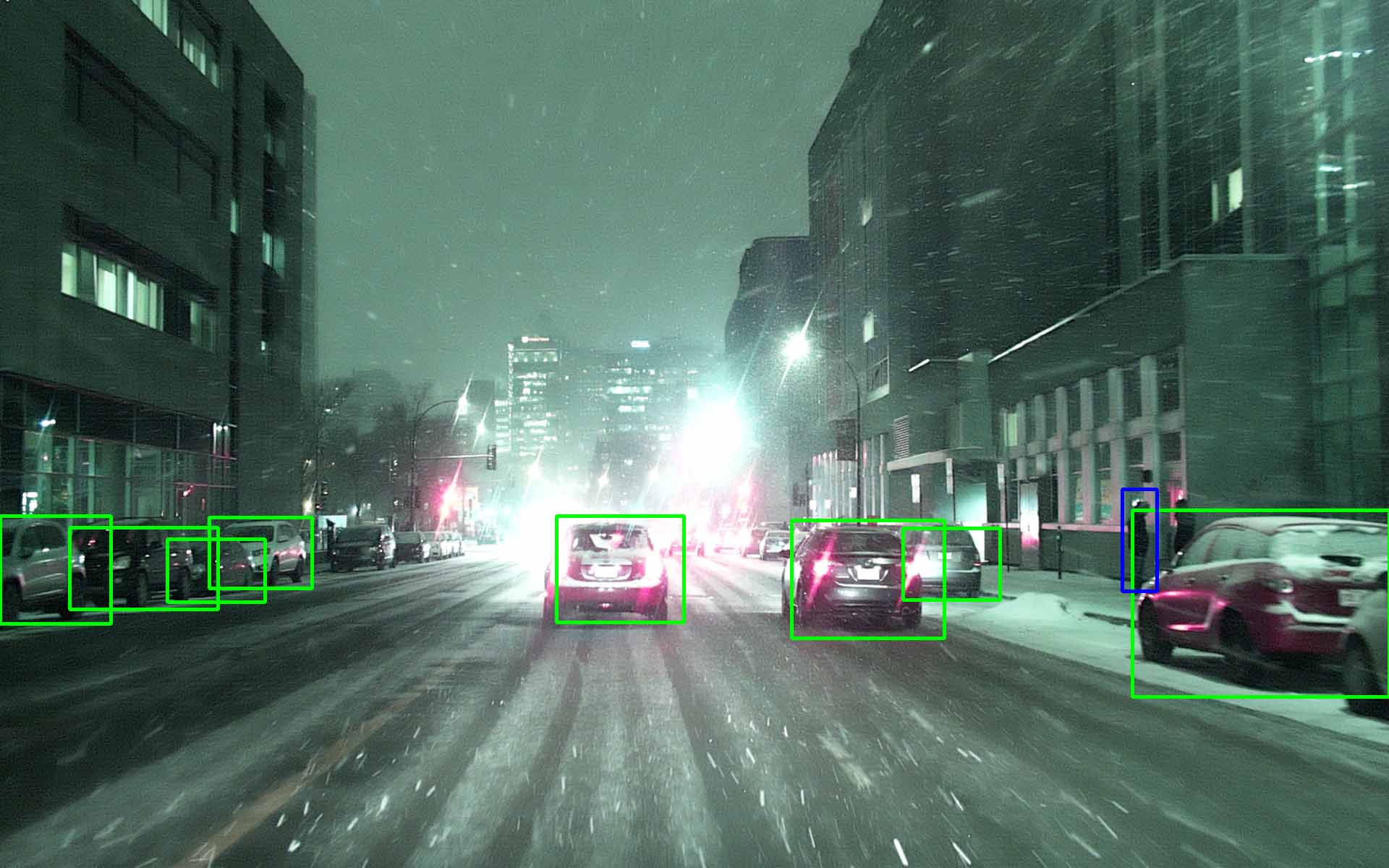
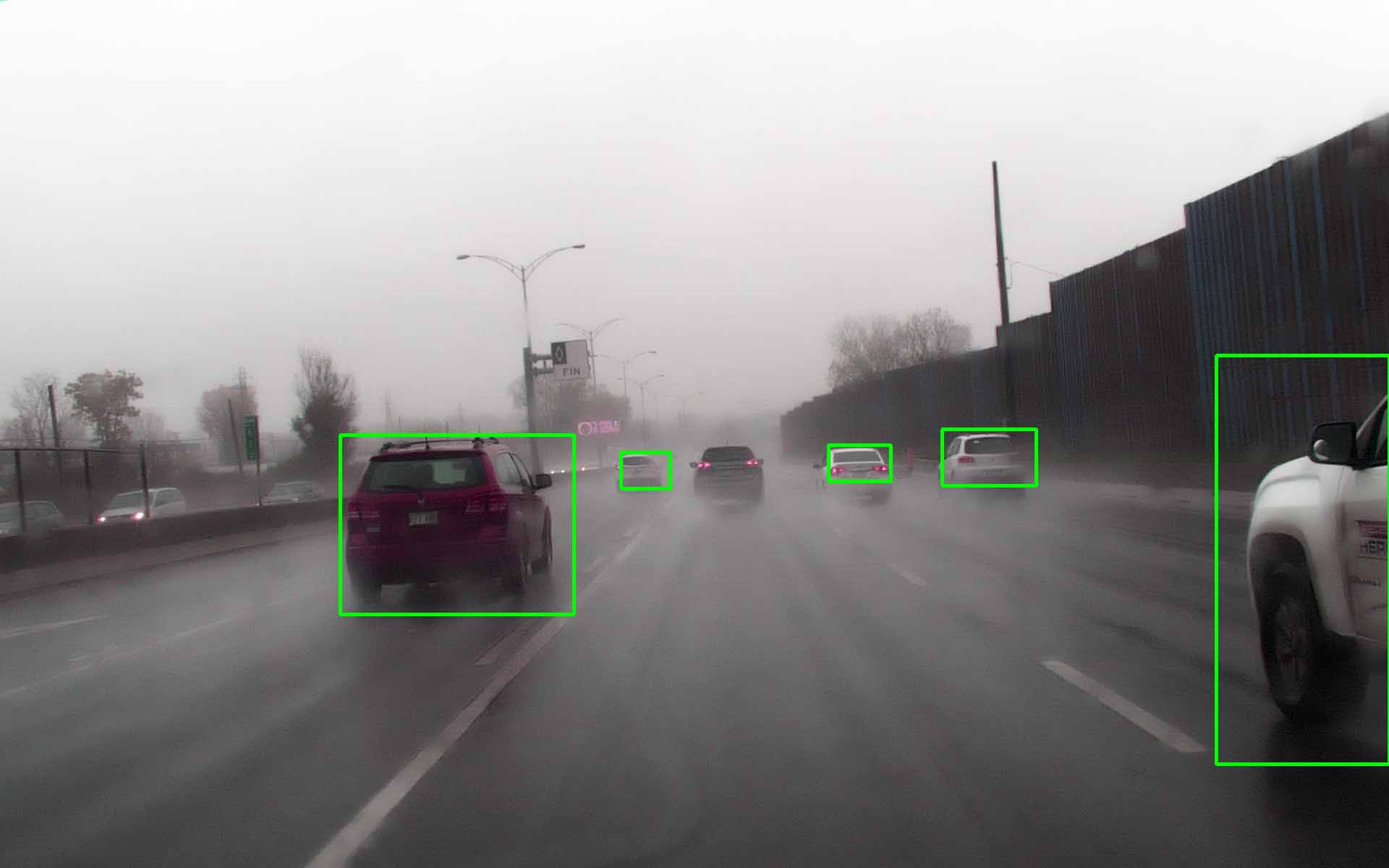
Automotive object detection using [1] on real-world Sony IMX249 captures processed with the ARM Mali-C71 hardware ISP.
The proposed hardware-in-the-loop end-to-end detection loss optimization approach outperforms default ISP hyperparameters, ISP expert-tuned for perceptual image quality, and ISP optimized using a differentiable approximation [4].
Hyperparameter Optimization of Hardware ISPs for Perceptual Image Quality
Expert Manually Tuned ISP Hyperparameters

ISP Optimized for Perceptual Image Quality using ISP Approximation Approach [4]

ISP Optimized for Perceptual Image Quality using the Proposed Hardware-in-the-loop End-to-end Optimization

AR0231AT CMOS sensor captures processed with the OnSemi AP0202AT hardware ISP for perceptual image quality.
The proposed hardware-in-the-loop optimization approach outperforms default ISP hyperparameters, and ISP optimized using a differentiable approximation [4].
References
[1] Shaoqing Ren, Kaiming He, Ross Girshick, and Jian Sun. Faster R-CNN: Towards real-time object detection with region proposal networks. In Advances in Neural Information Processing Systems, pages 91-99, 2015
[2] Joseph Redmon and Ali Farhadi. Yolov3: An incremental improvement. arXiv preprint arXiv:1804.02767, 2018
[3] Kaiming He, Georgia Gkioxari, Piotr Dollár, and Ross Girshick. Mask R-CNN. In IEEE International Conference on Computer Vision (CVPR), pages 2961-2969, 2017
[4] Ethan Tseng, Felix Yu, Yuting Yang, Fahim Mannan, Karl St-Arnaud, Derek Nowrouzezahrai, Jean-François Lalonde, and Felix Heide. Hyperparameter optimization in black-box image processing using differentiable proxies. ACM Transactions on Graphics (SIGGRAPH), 38(4):27, 2019

